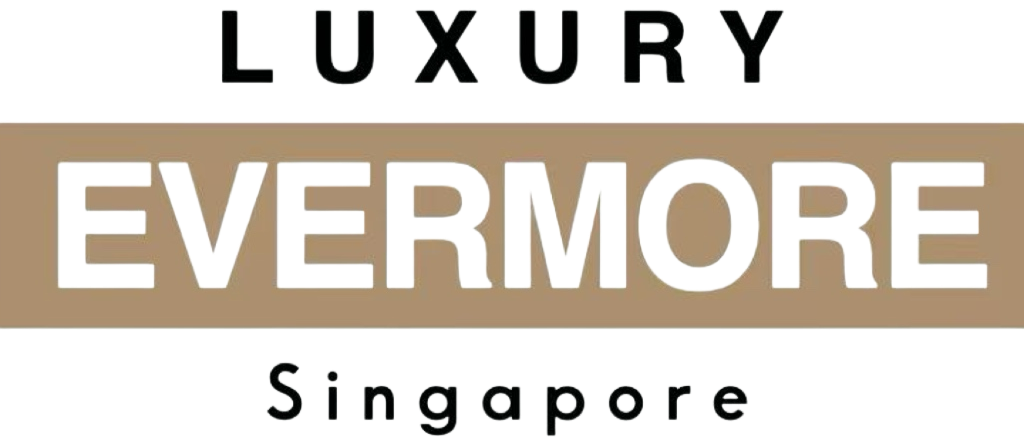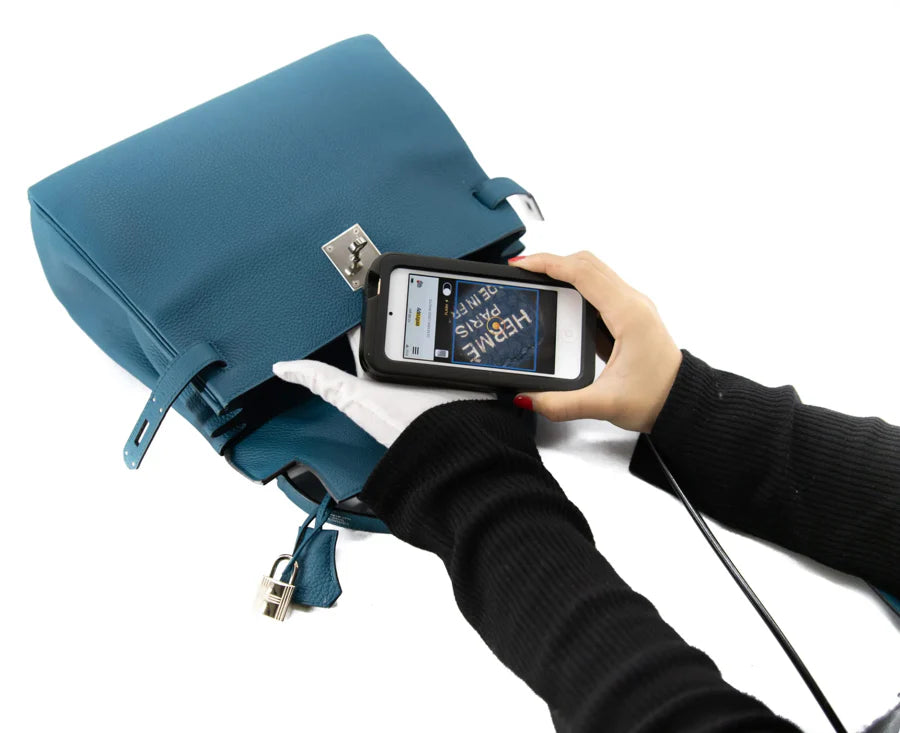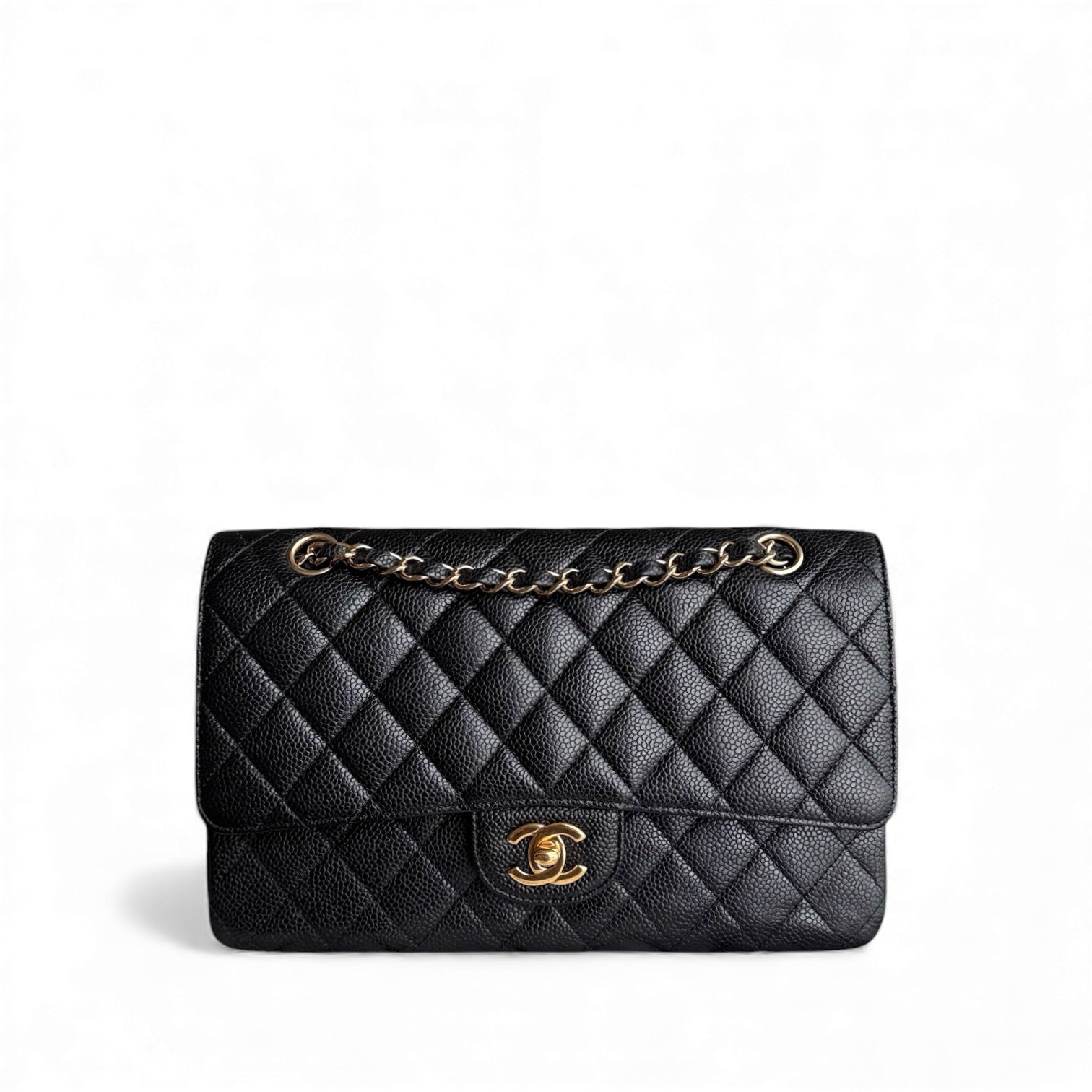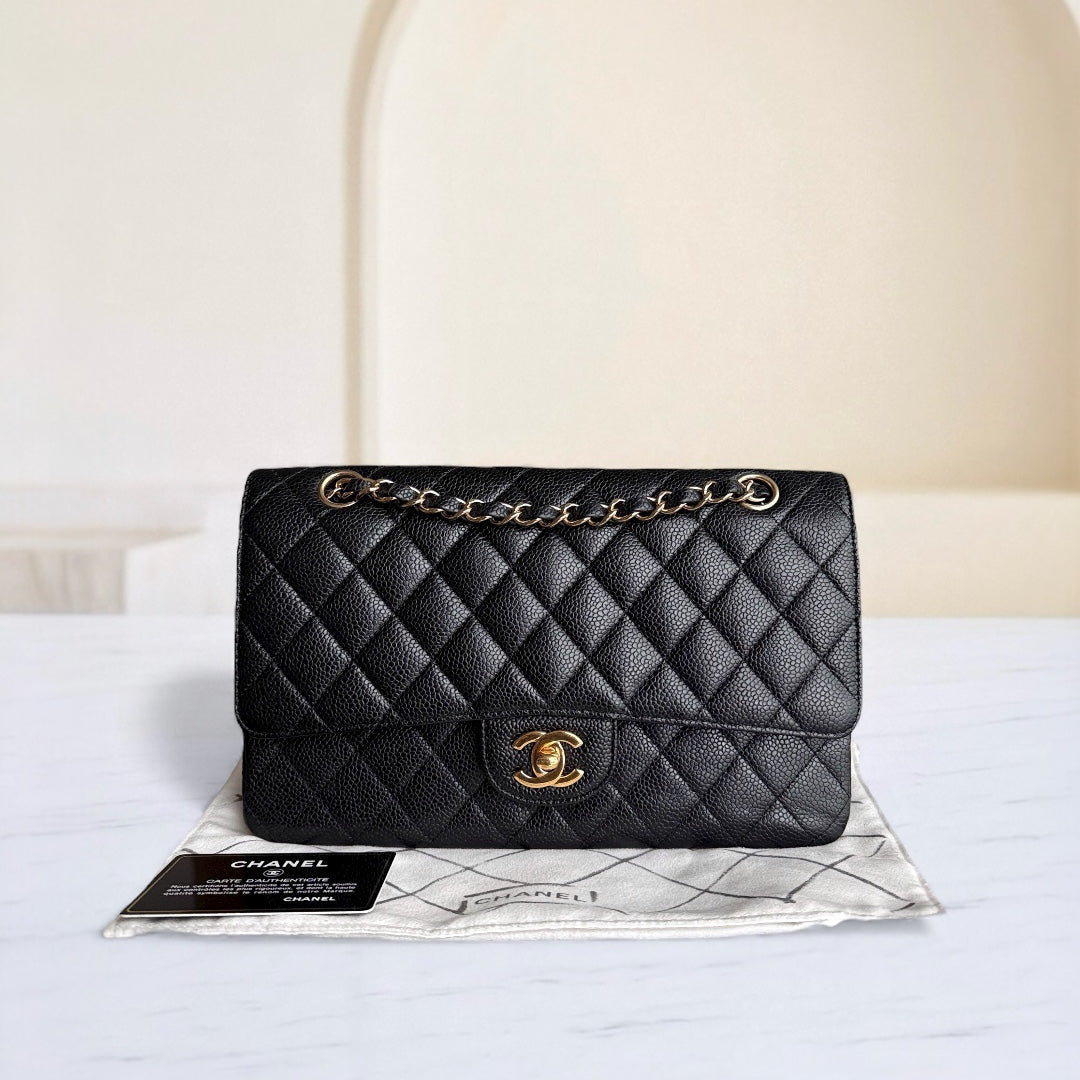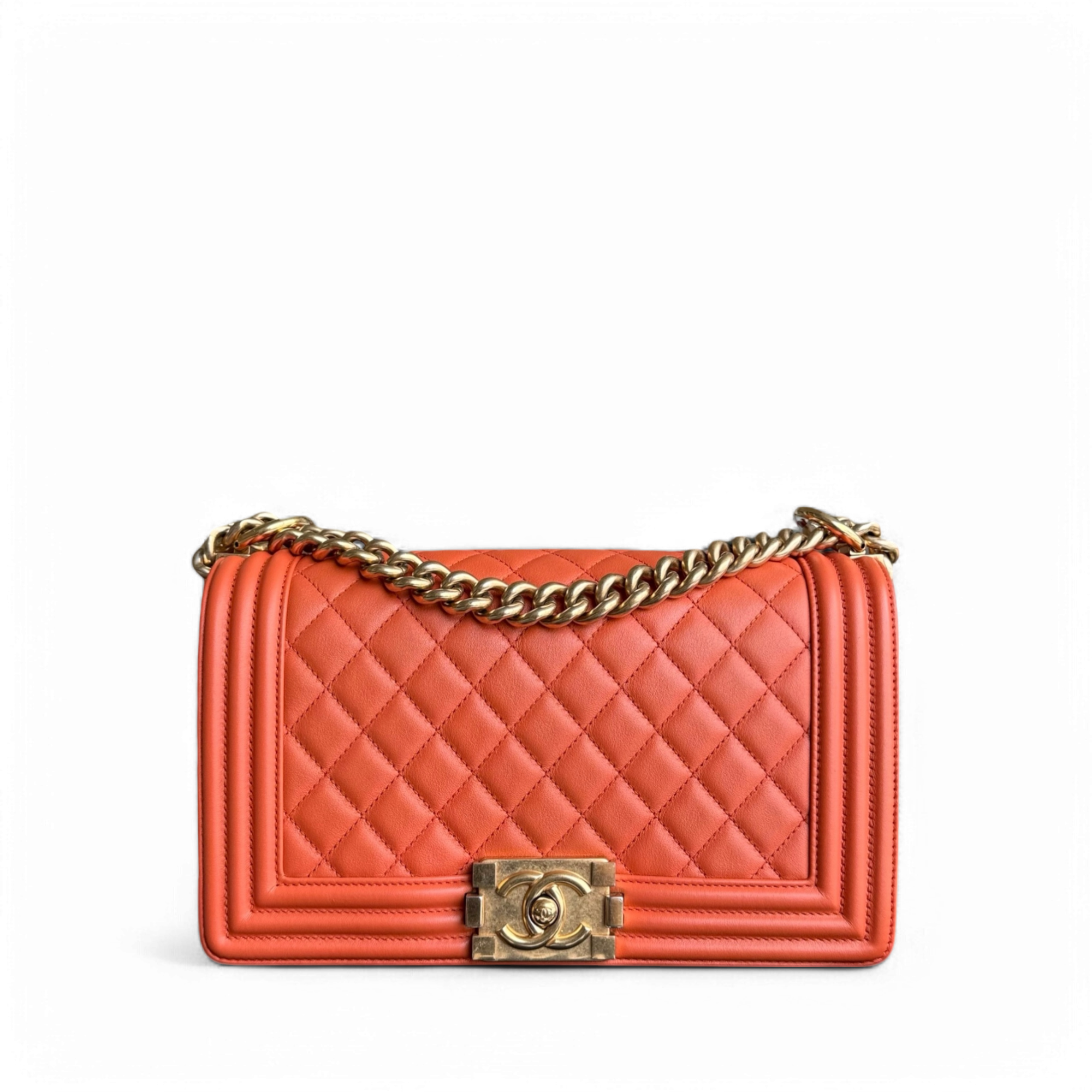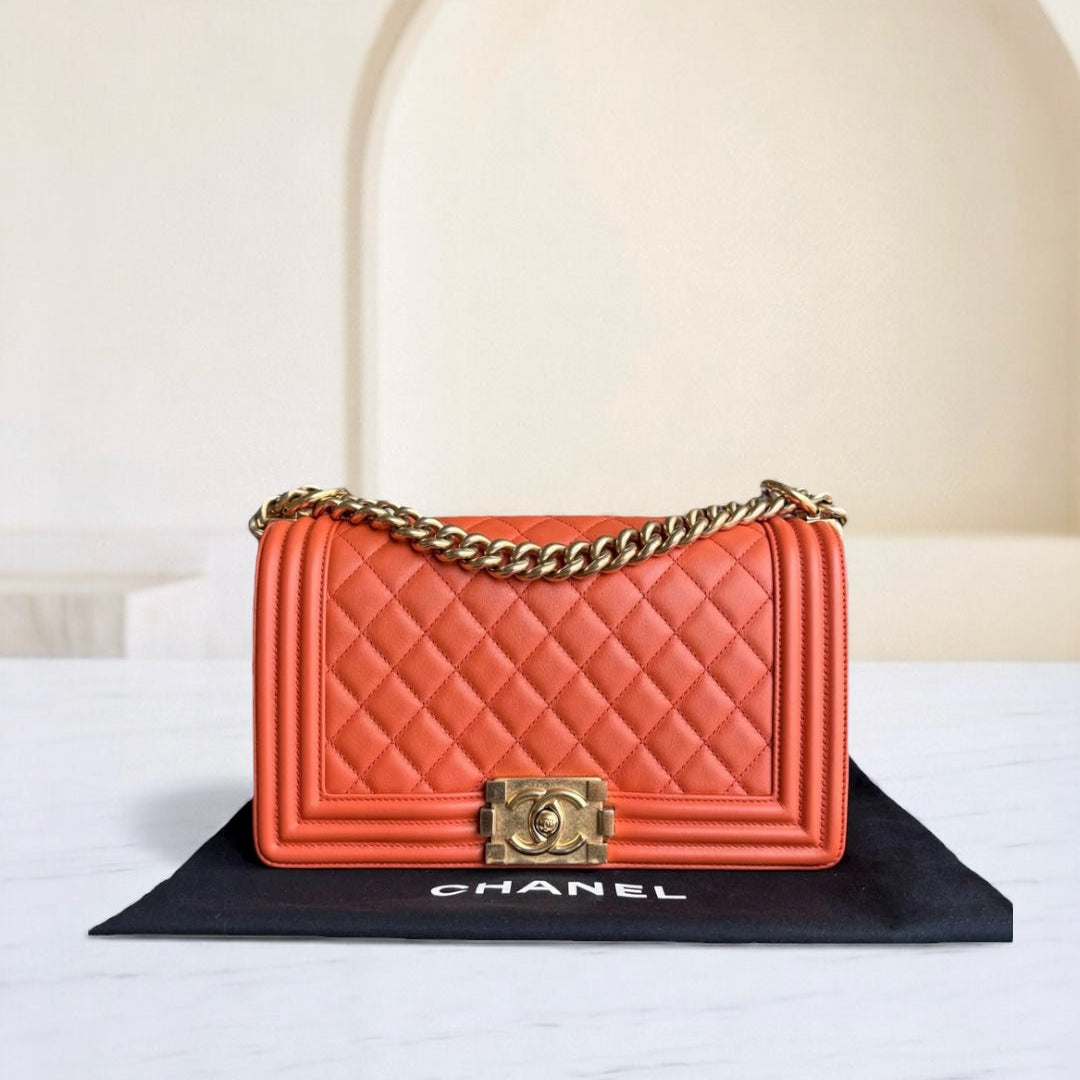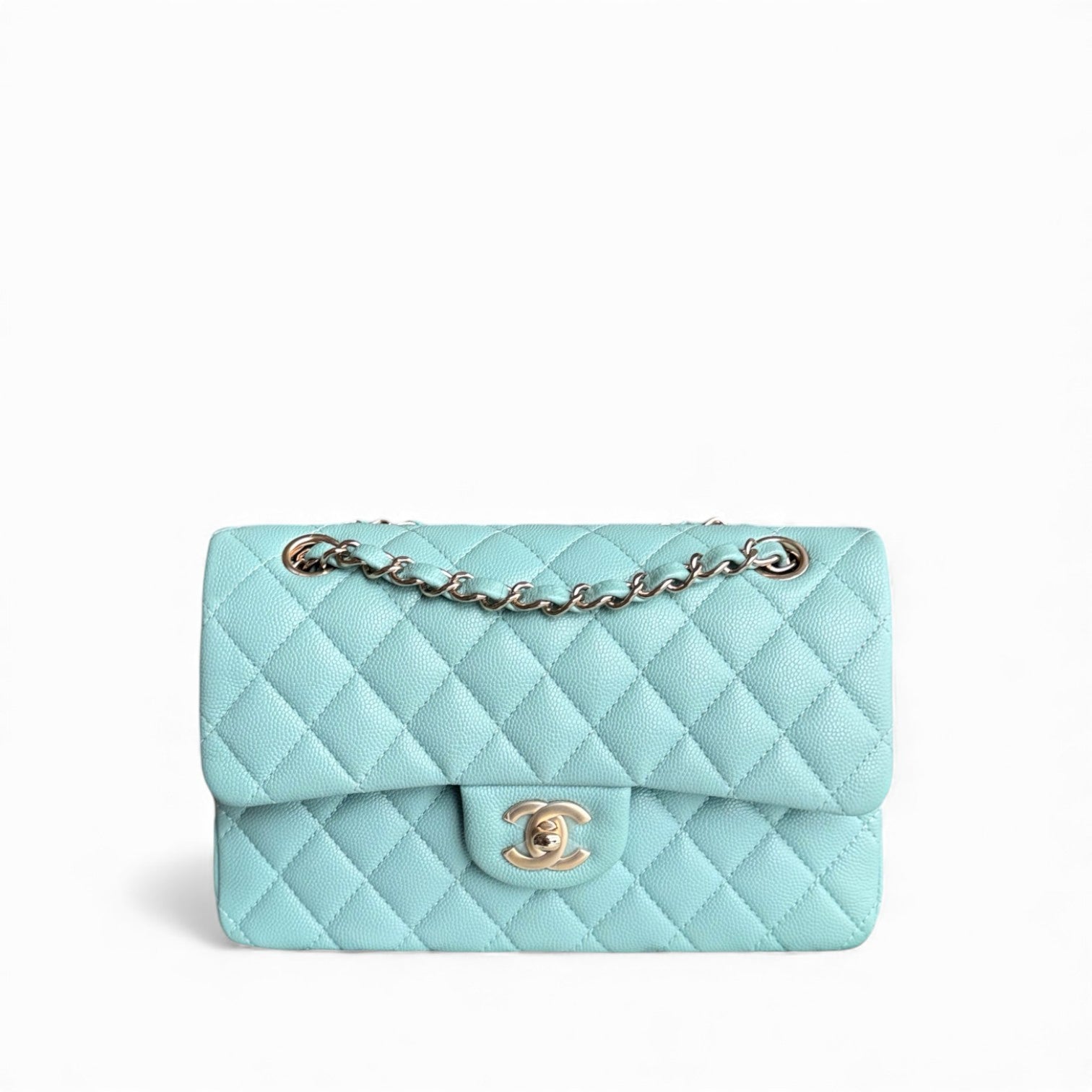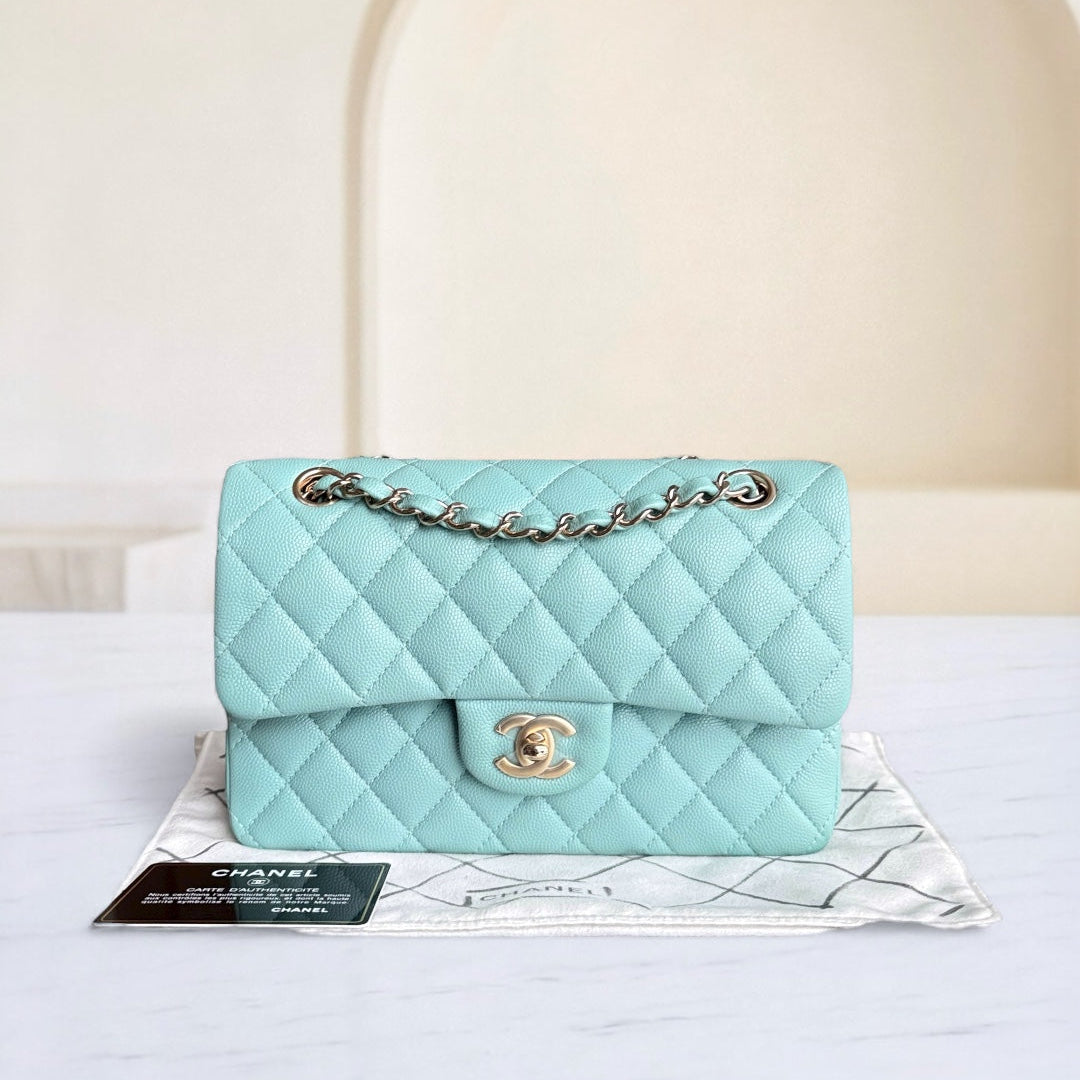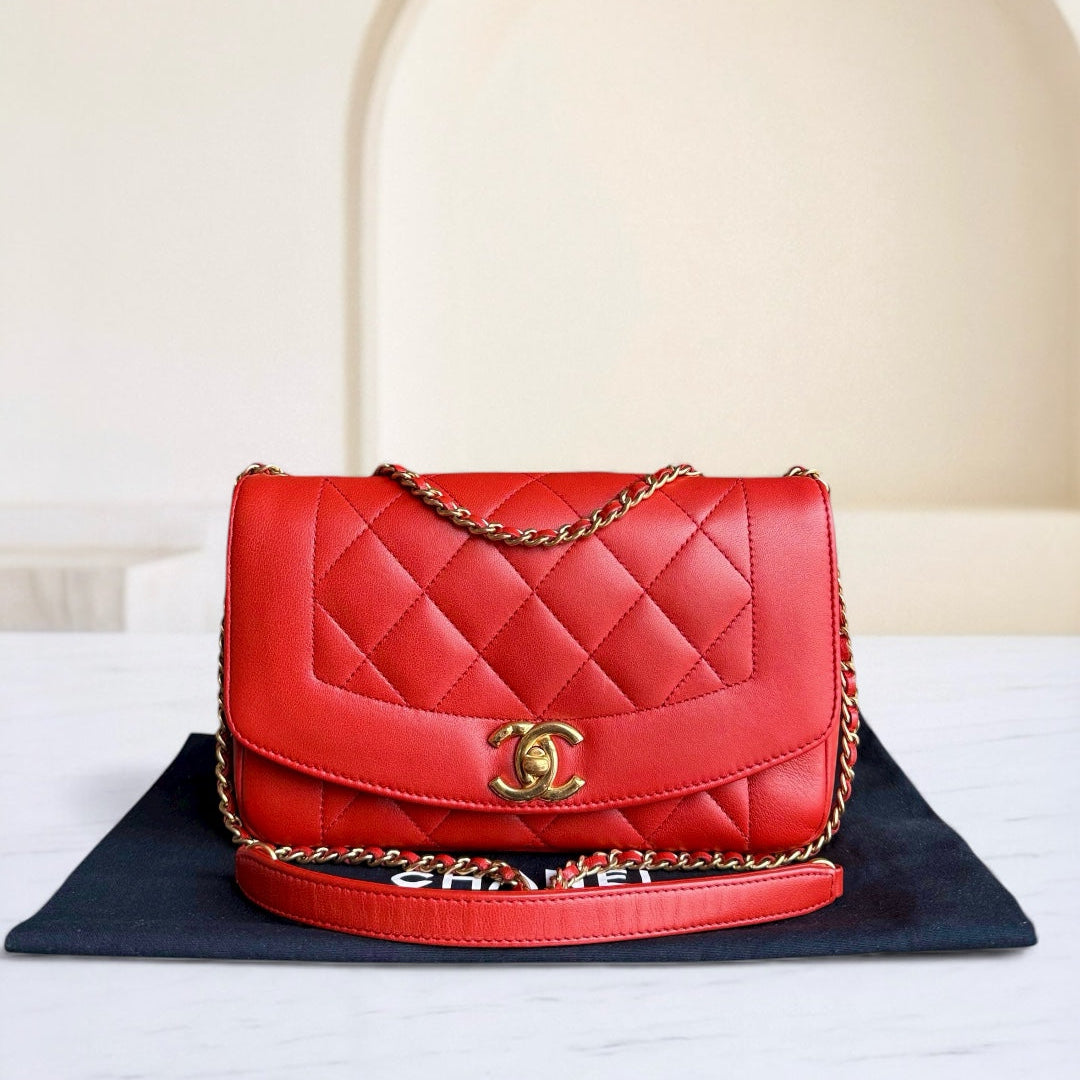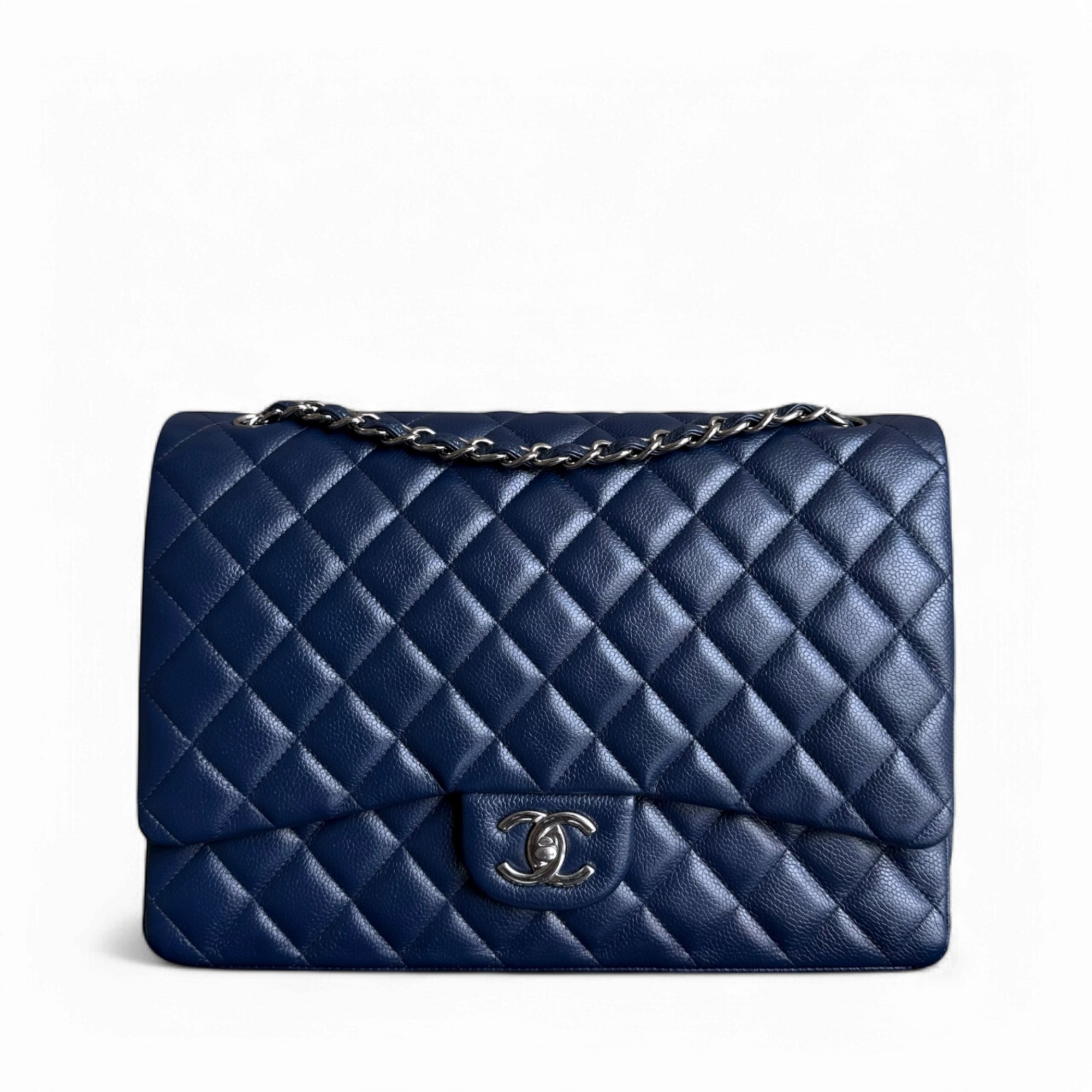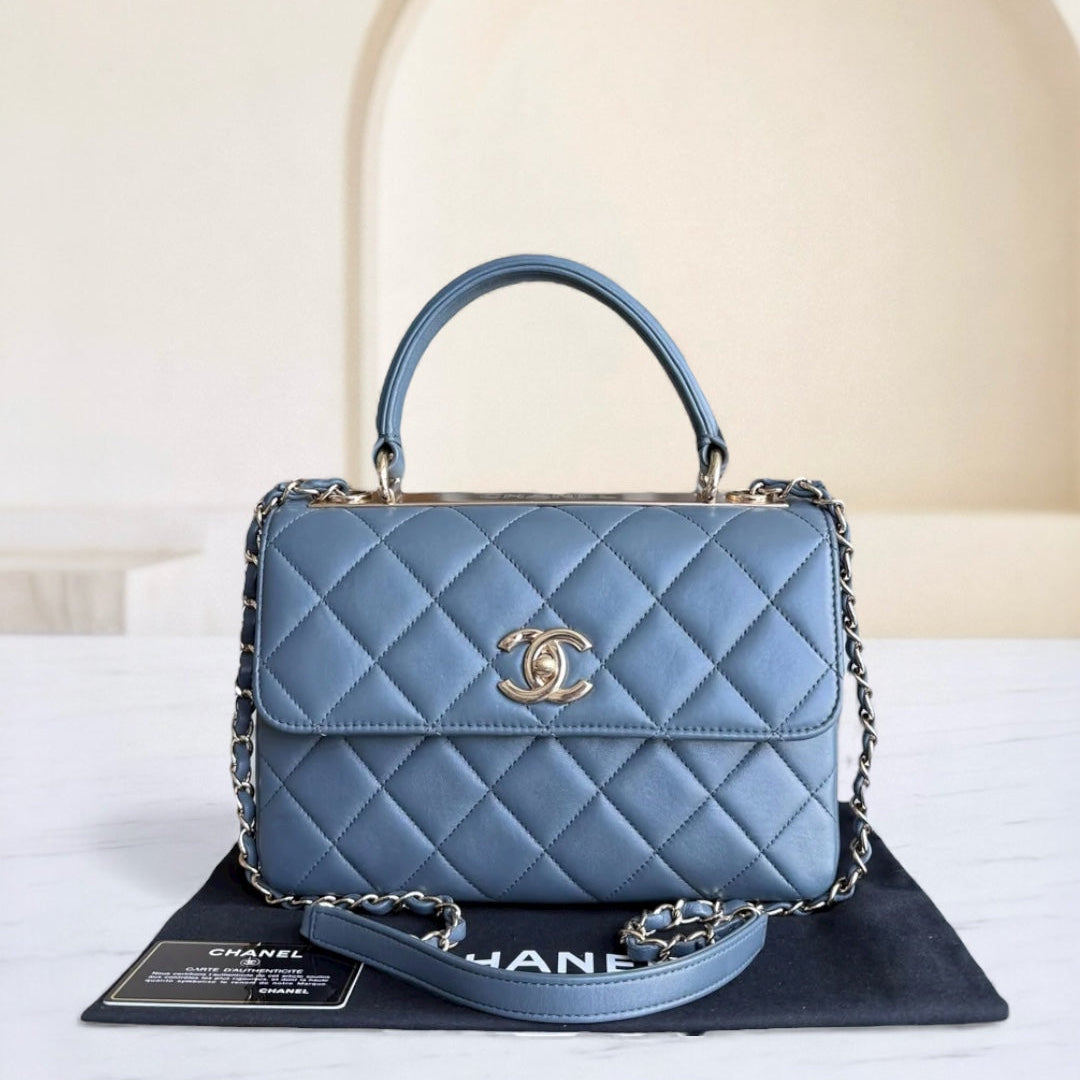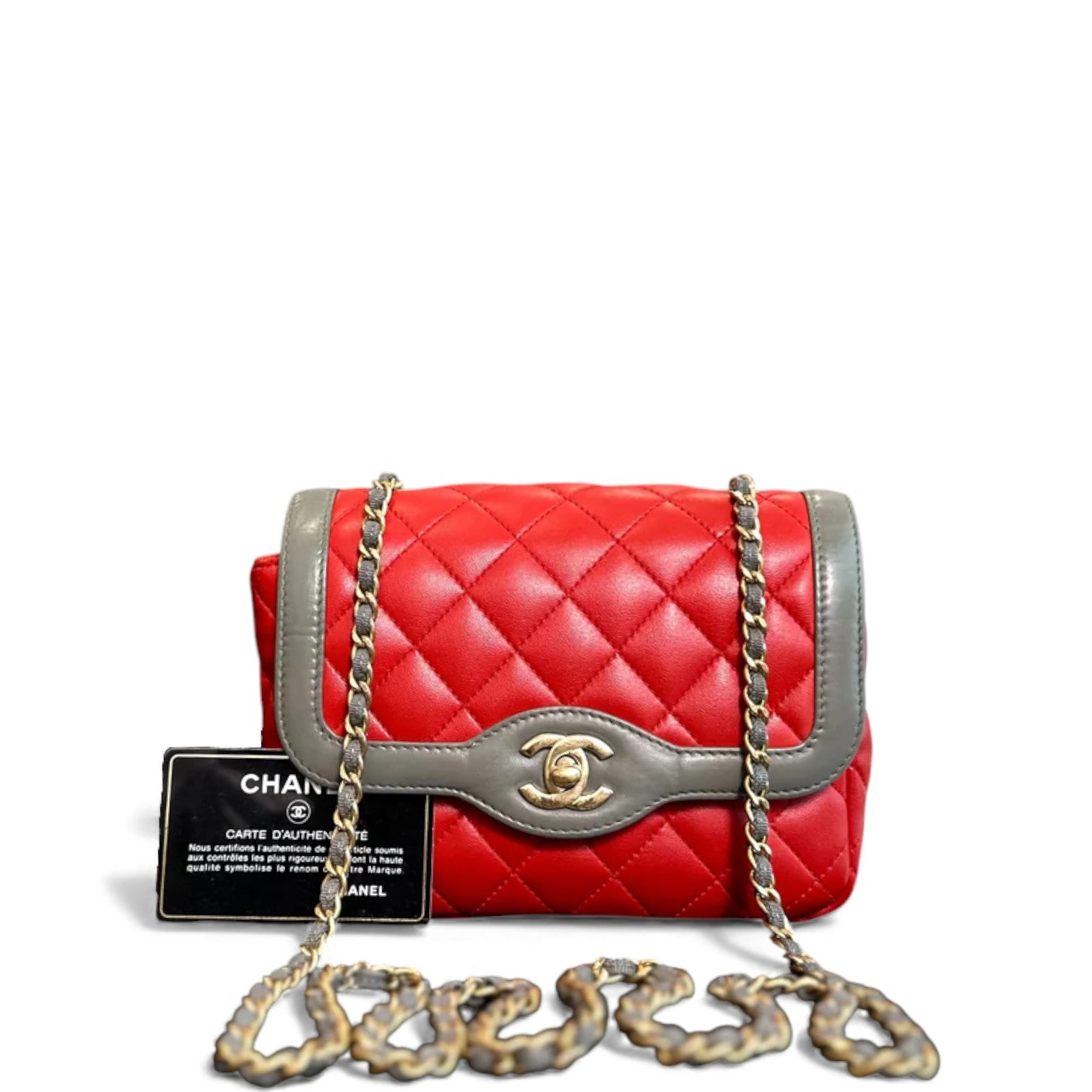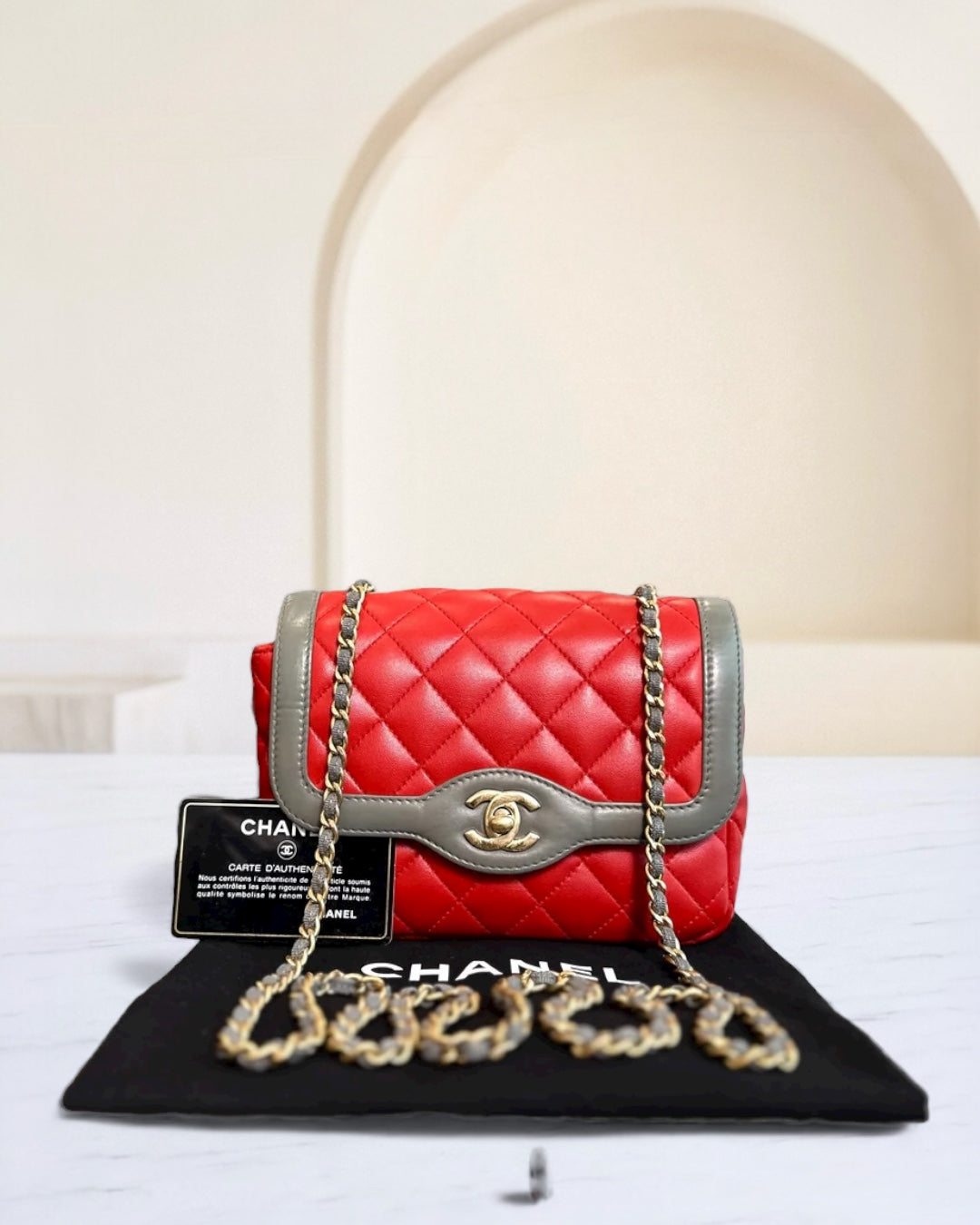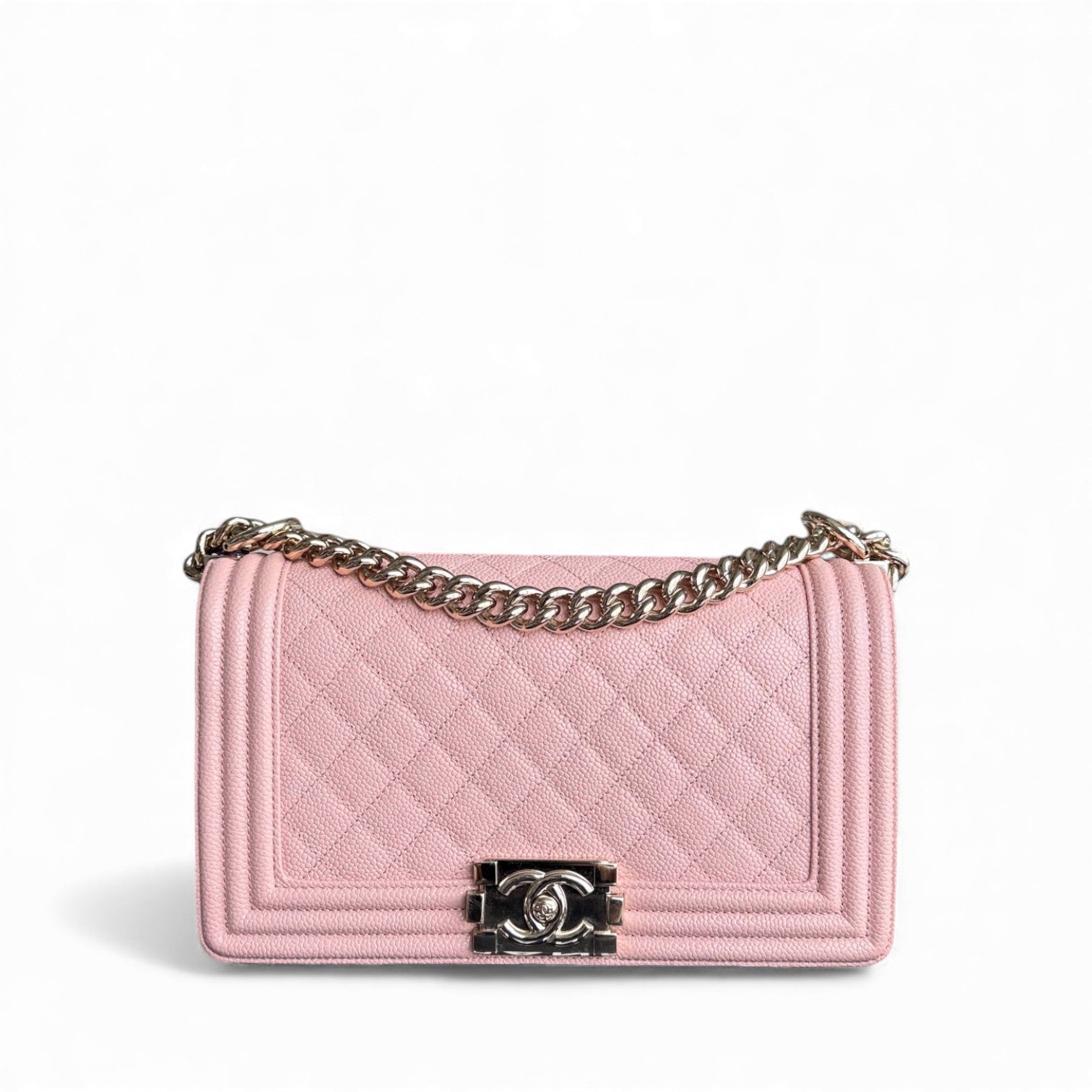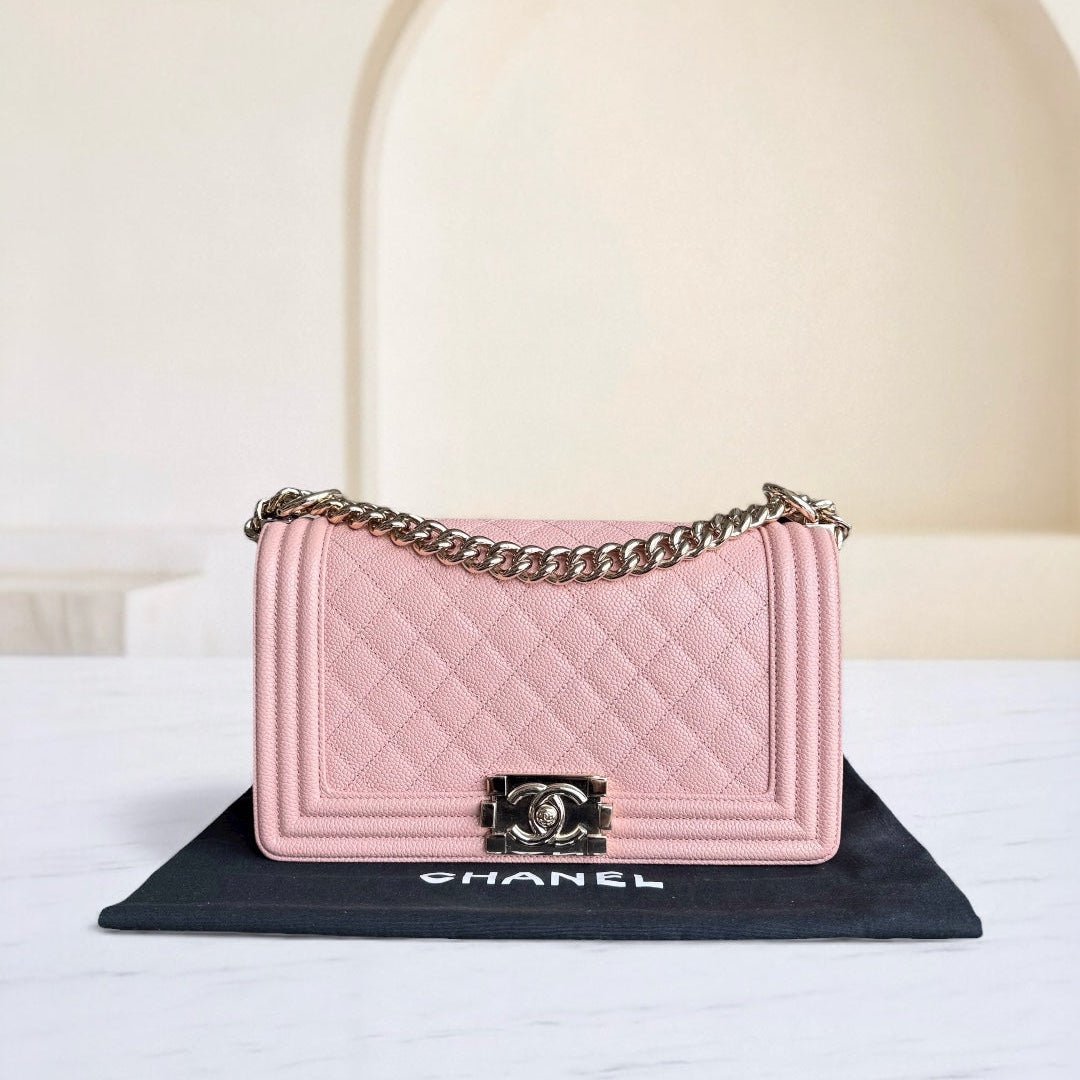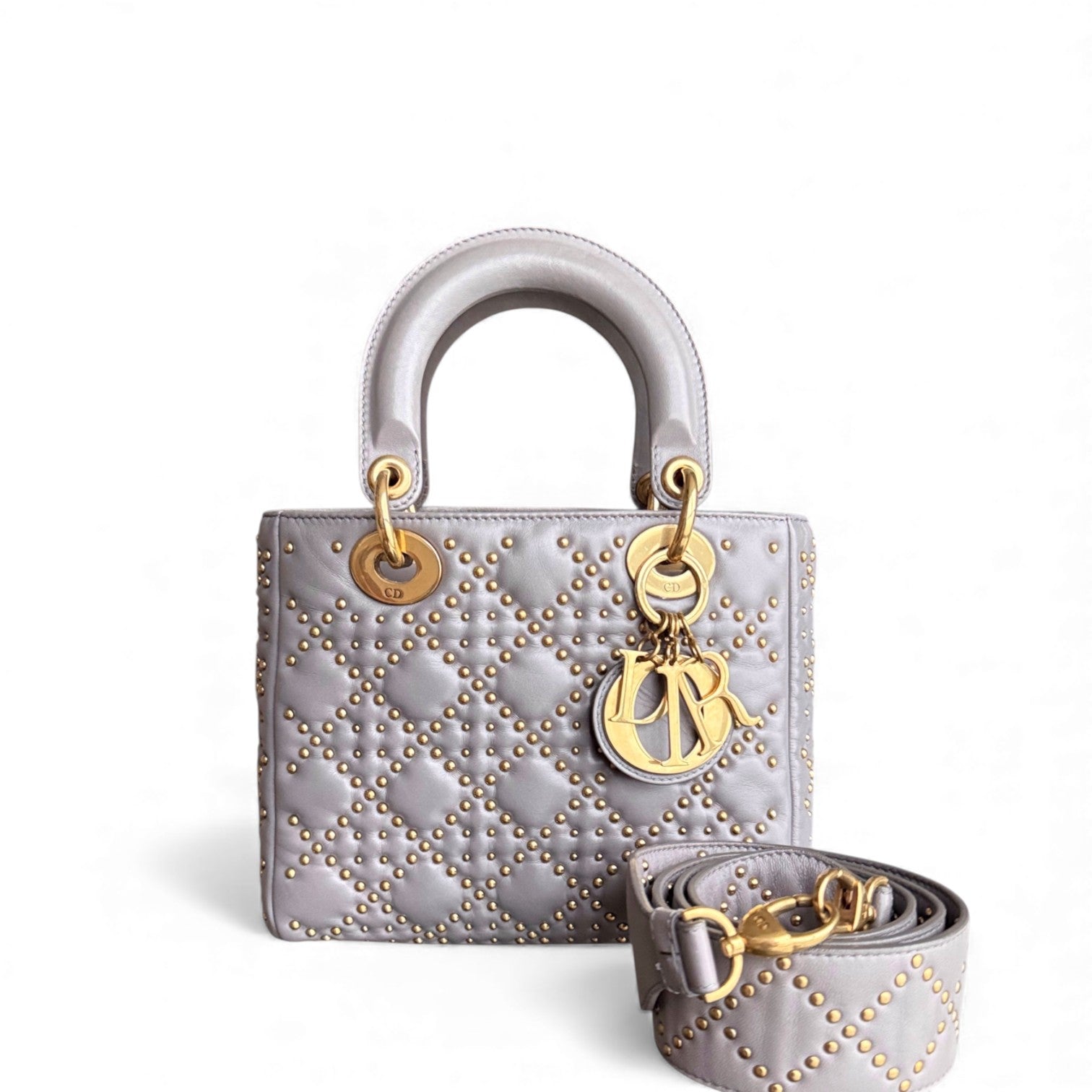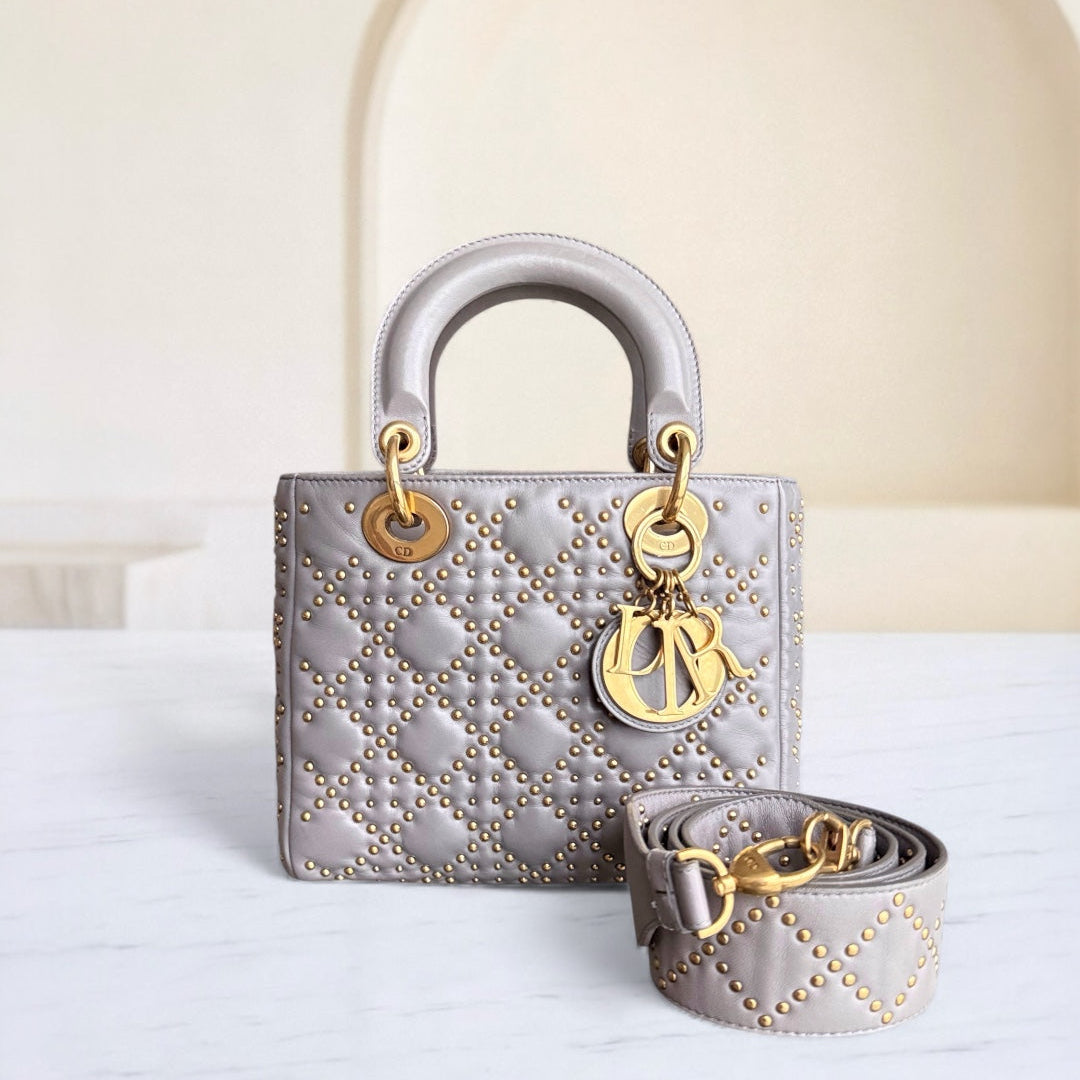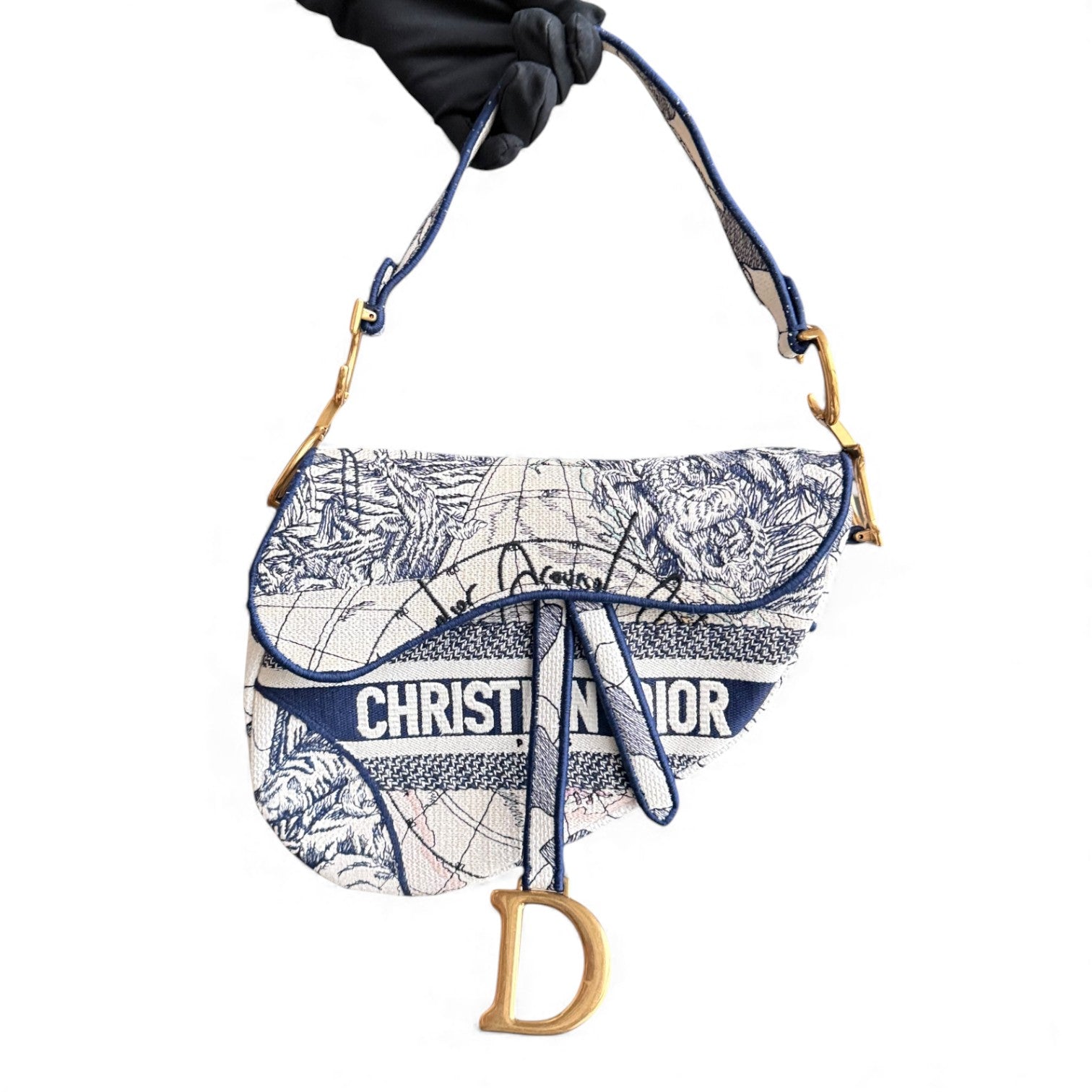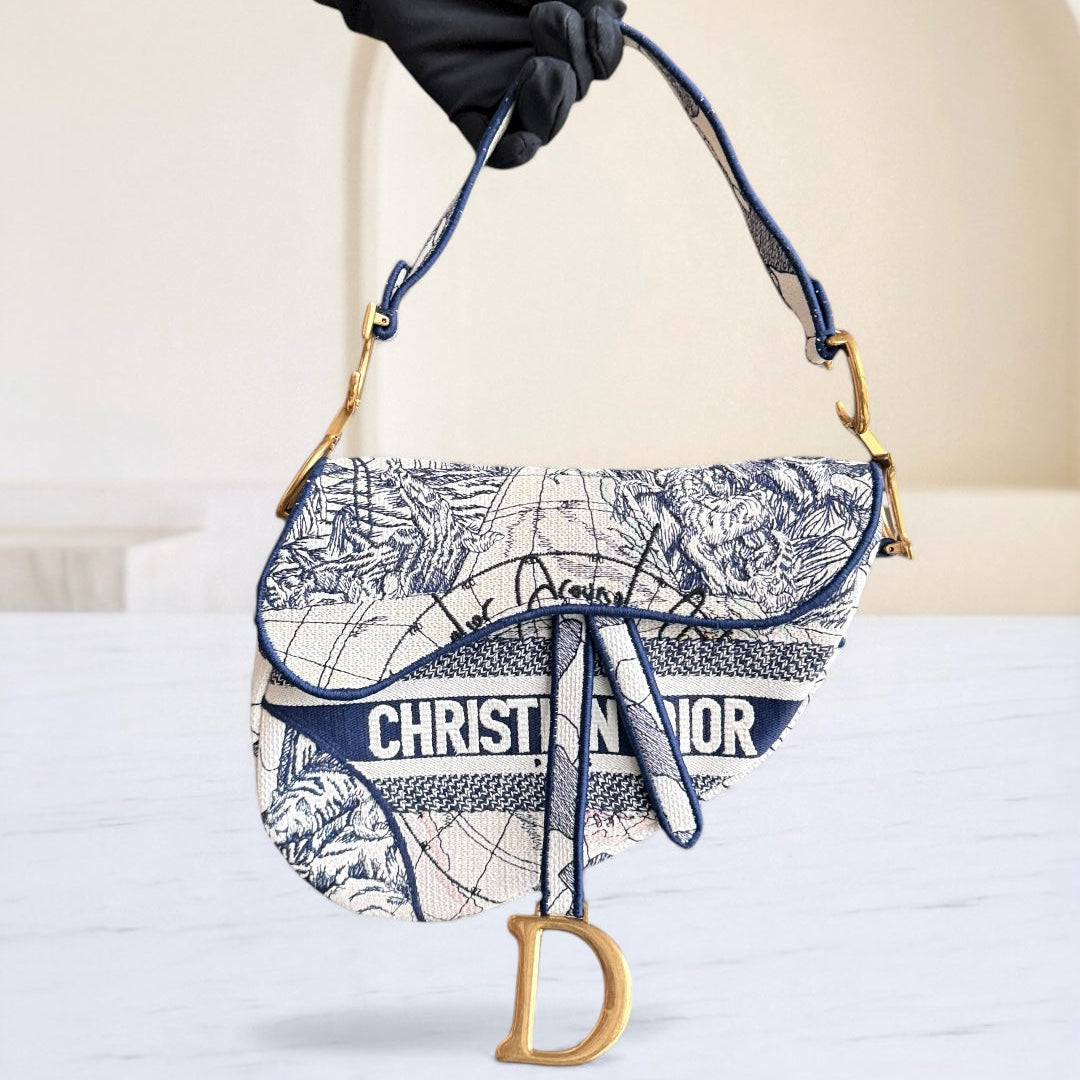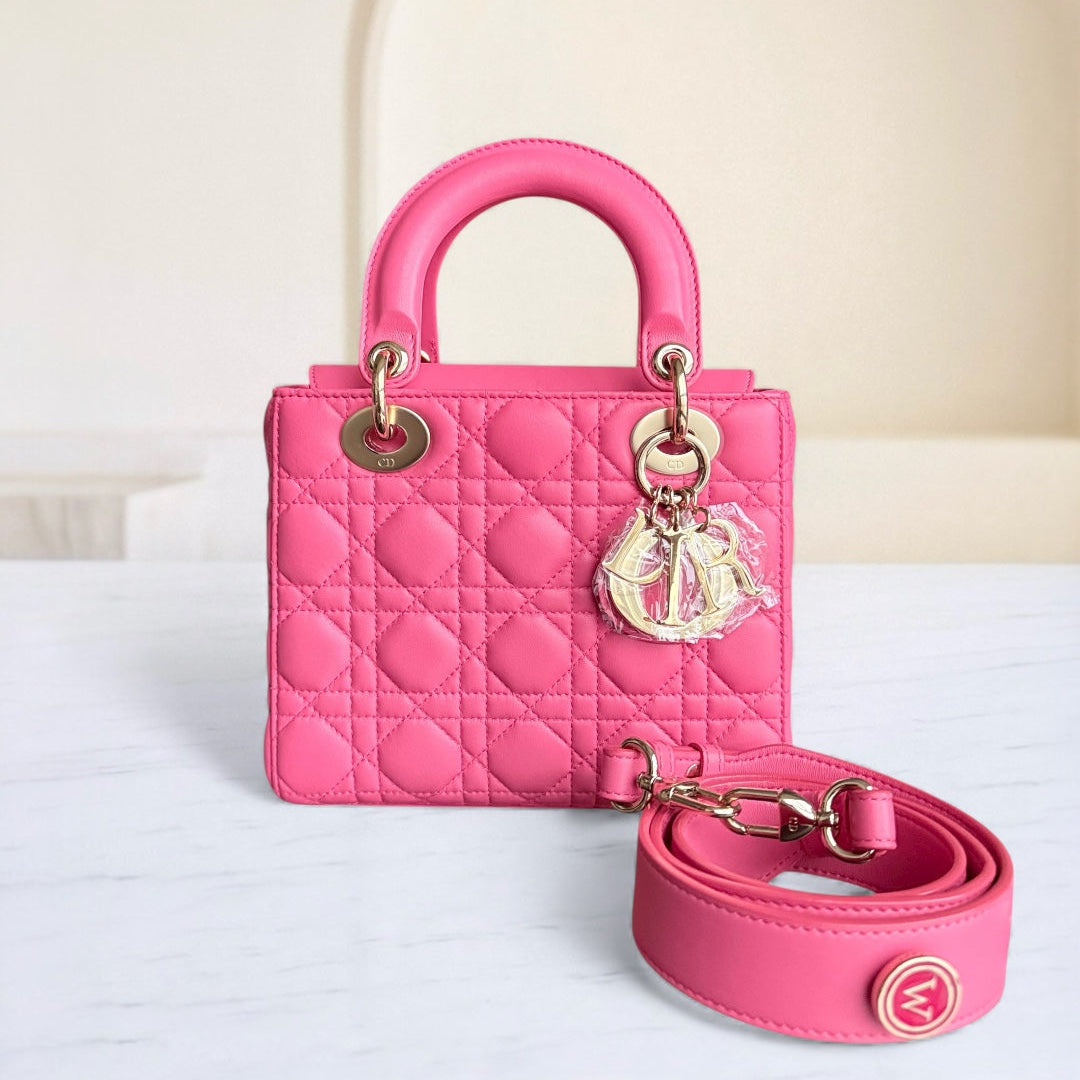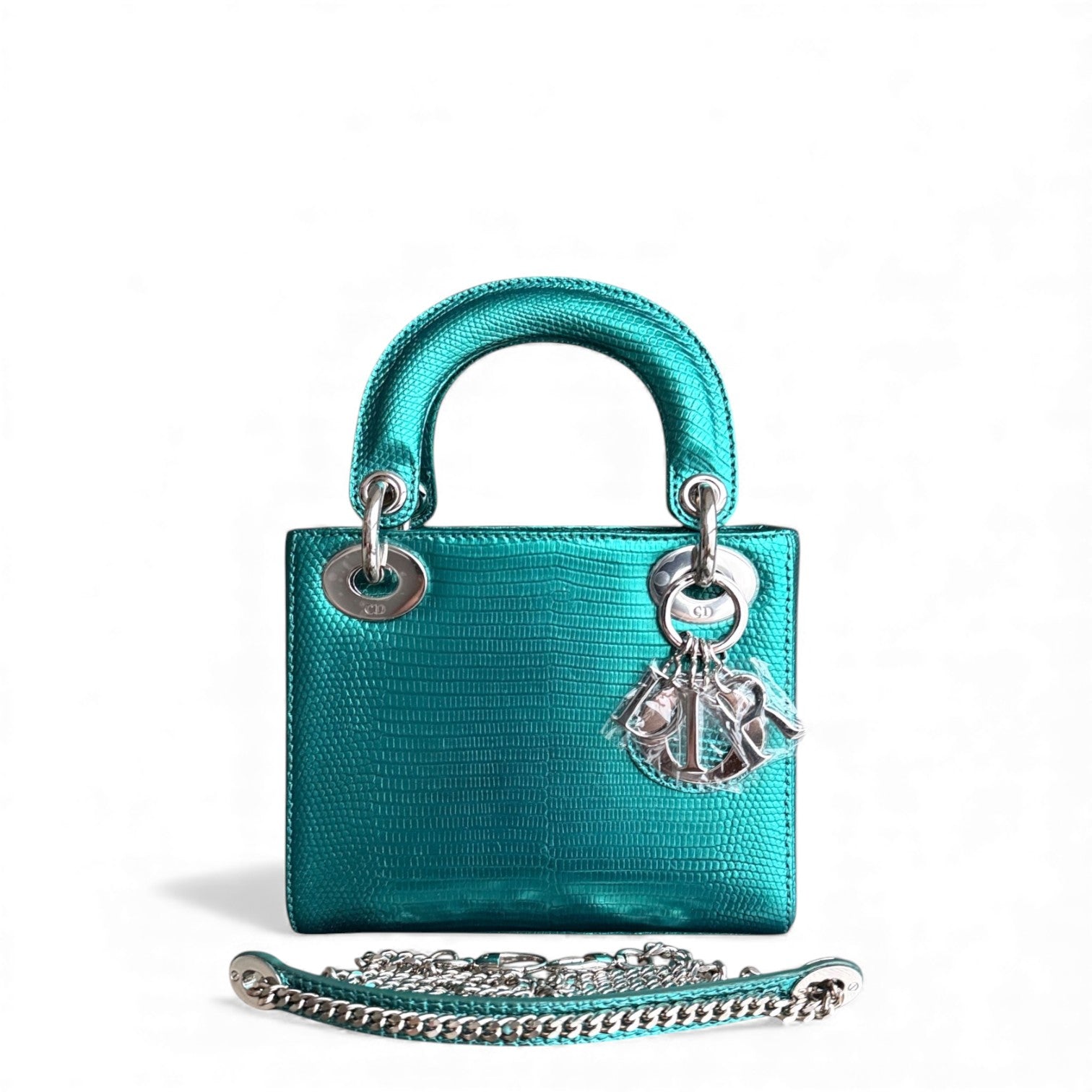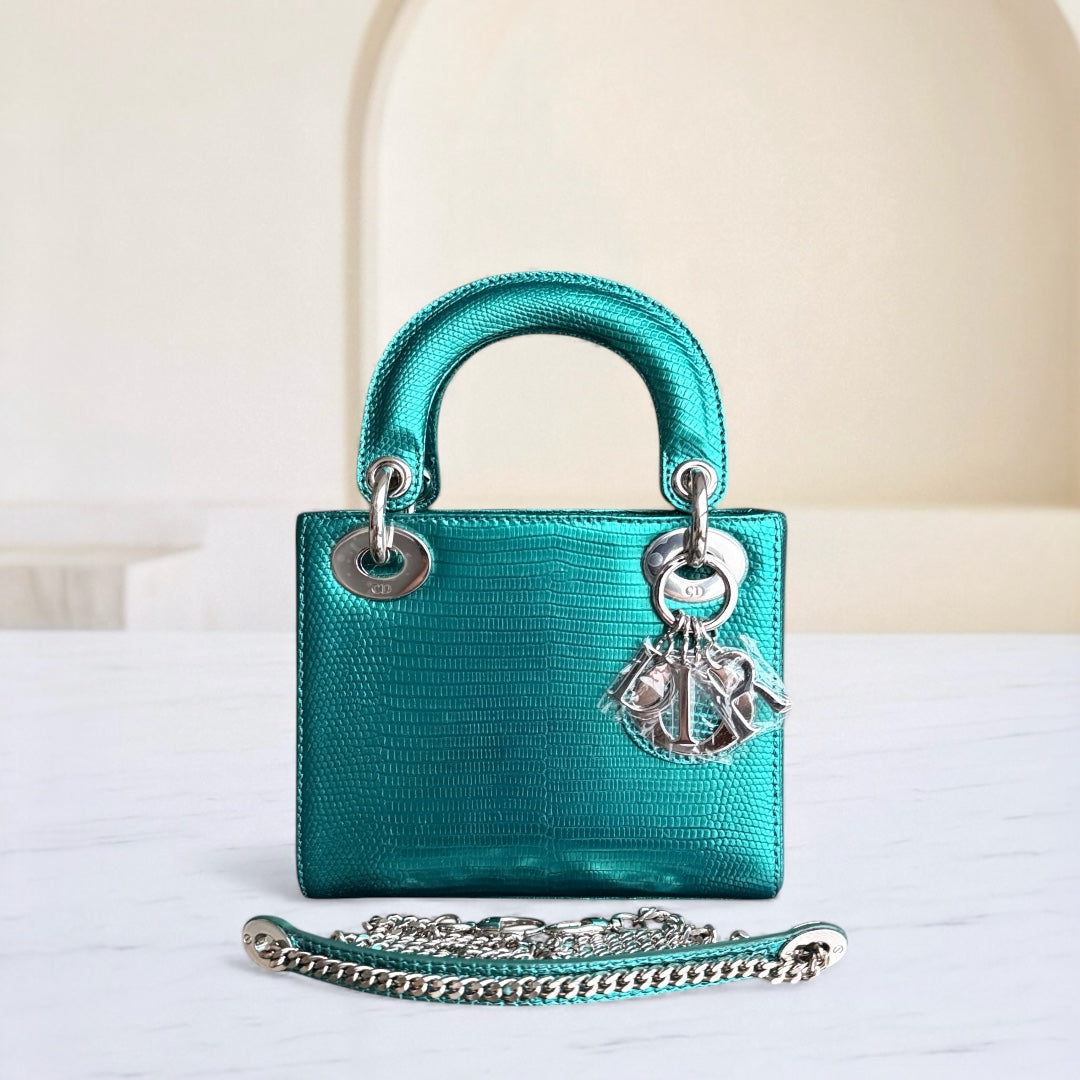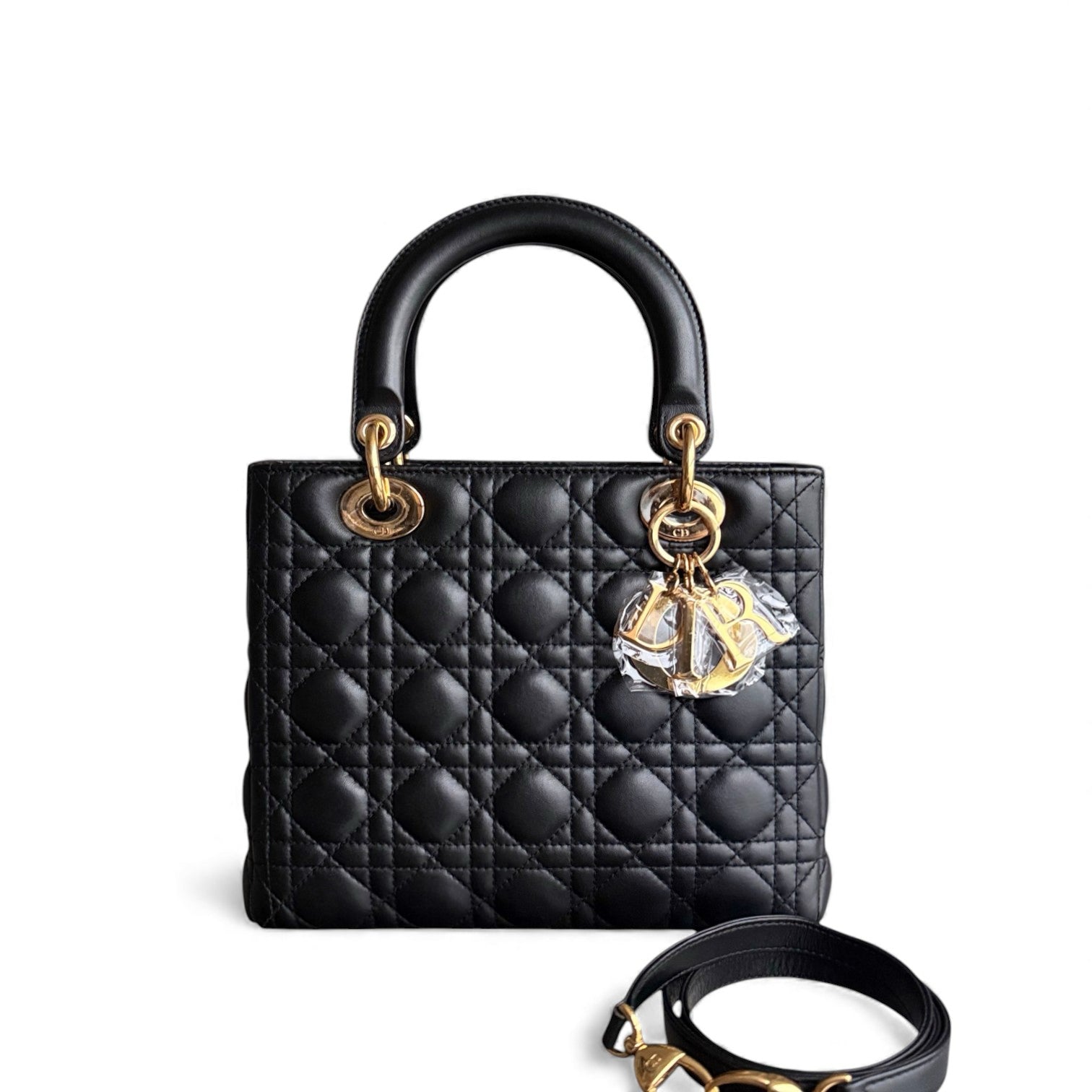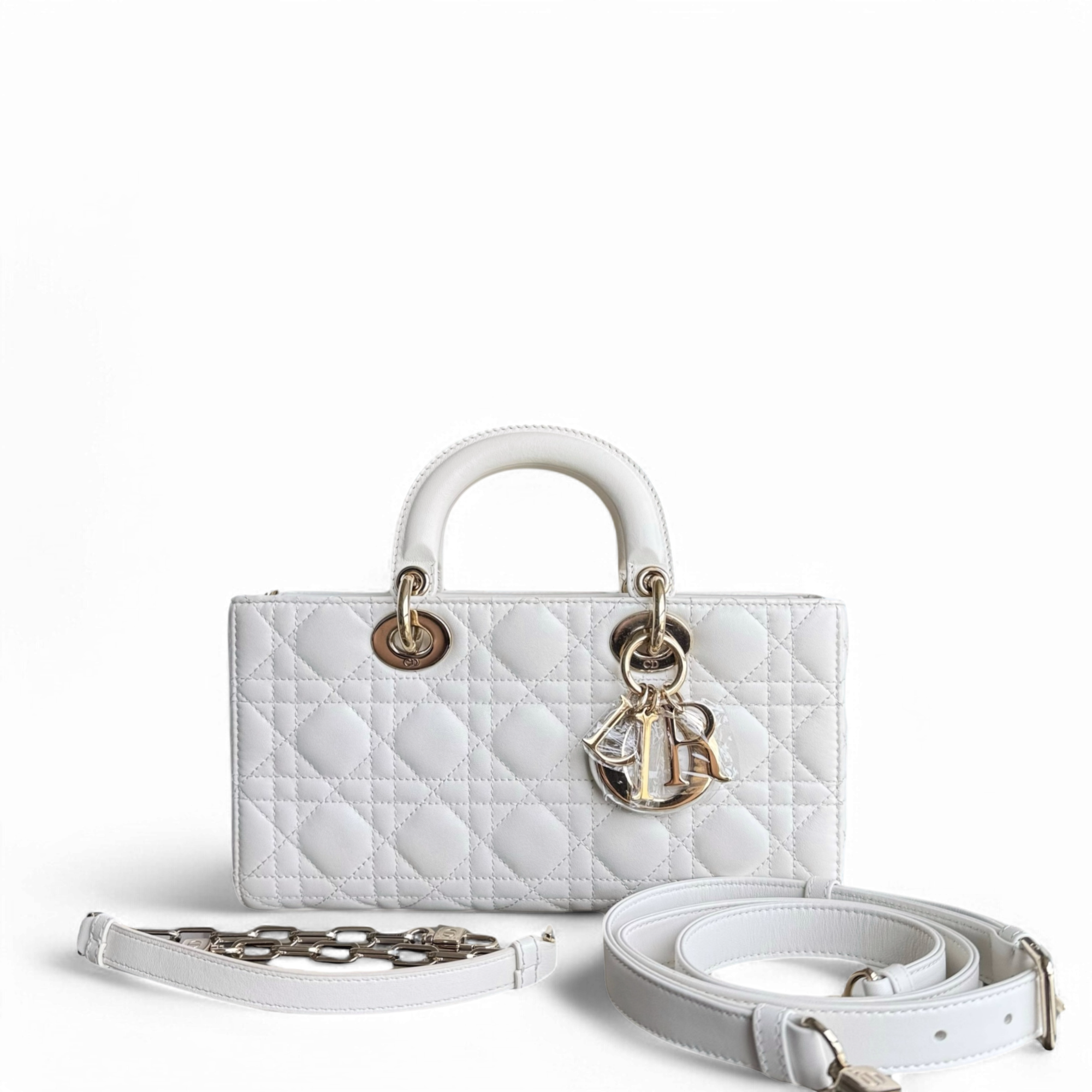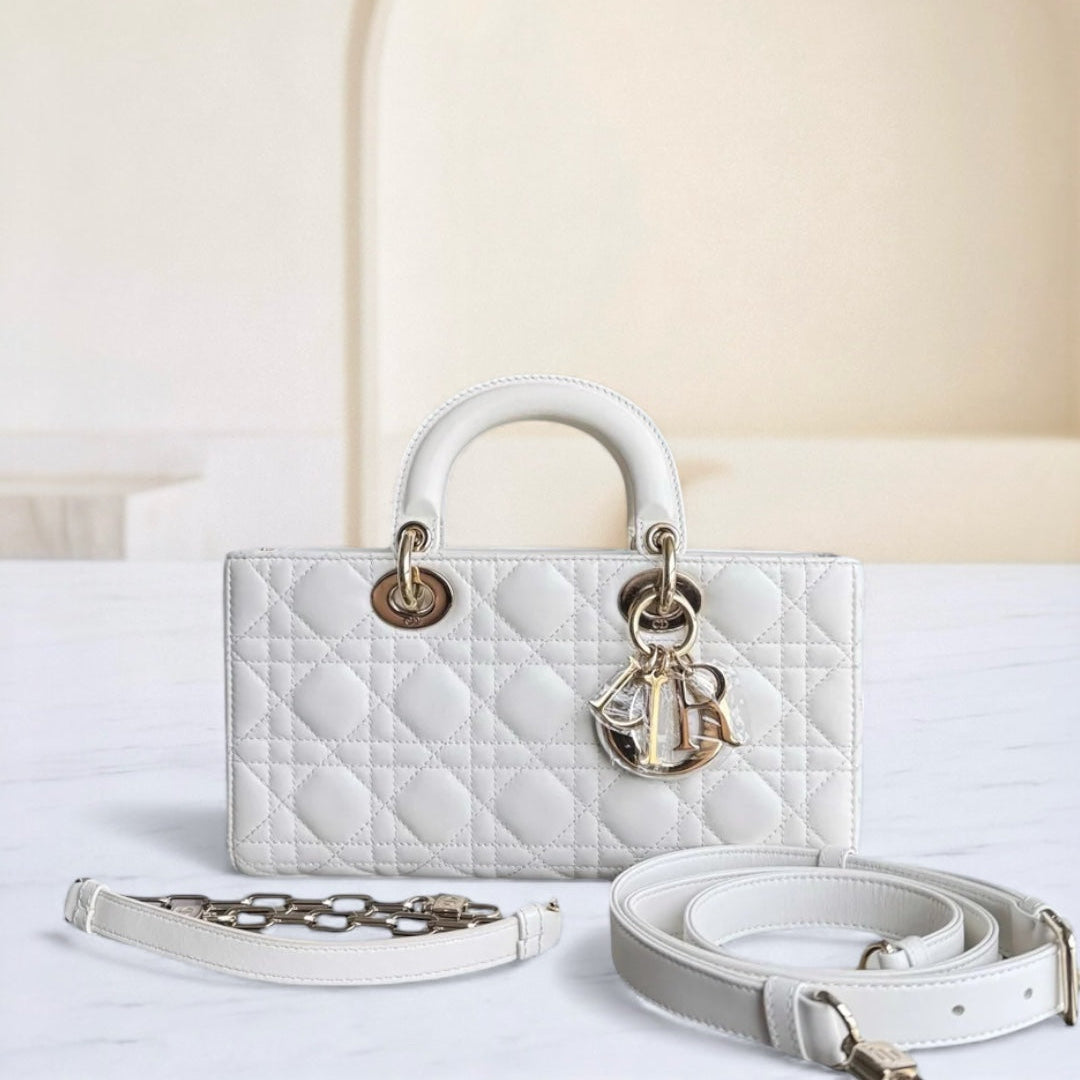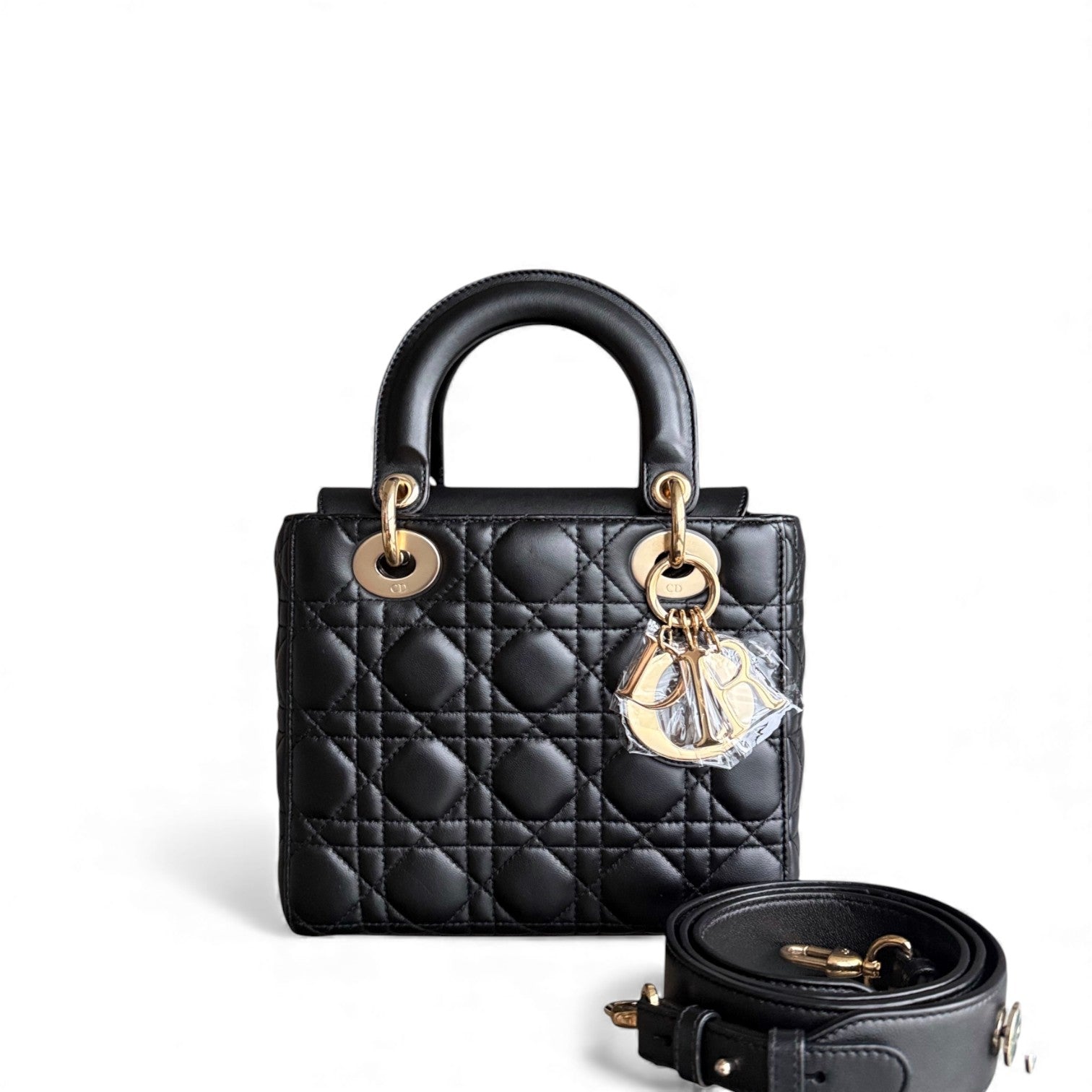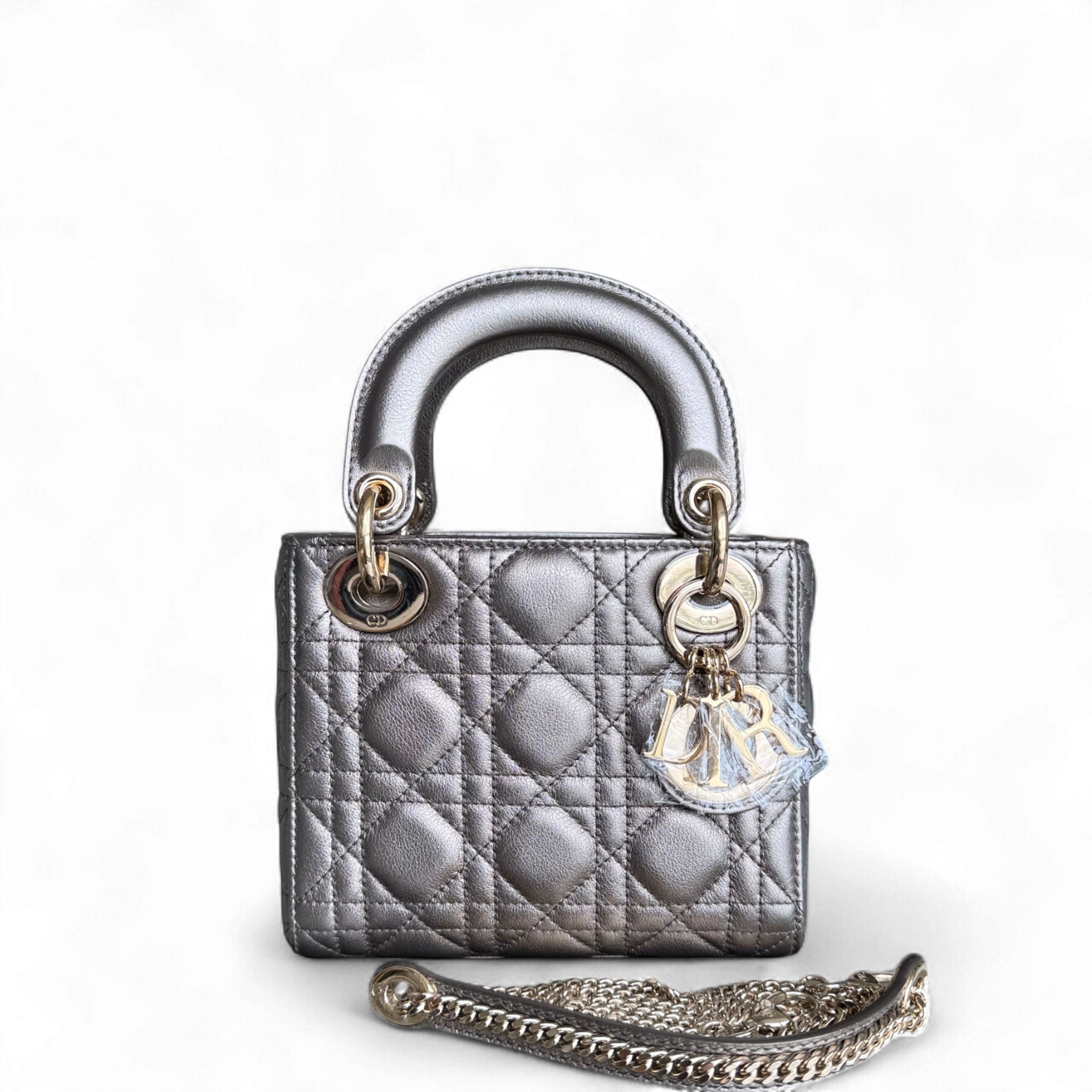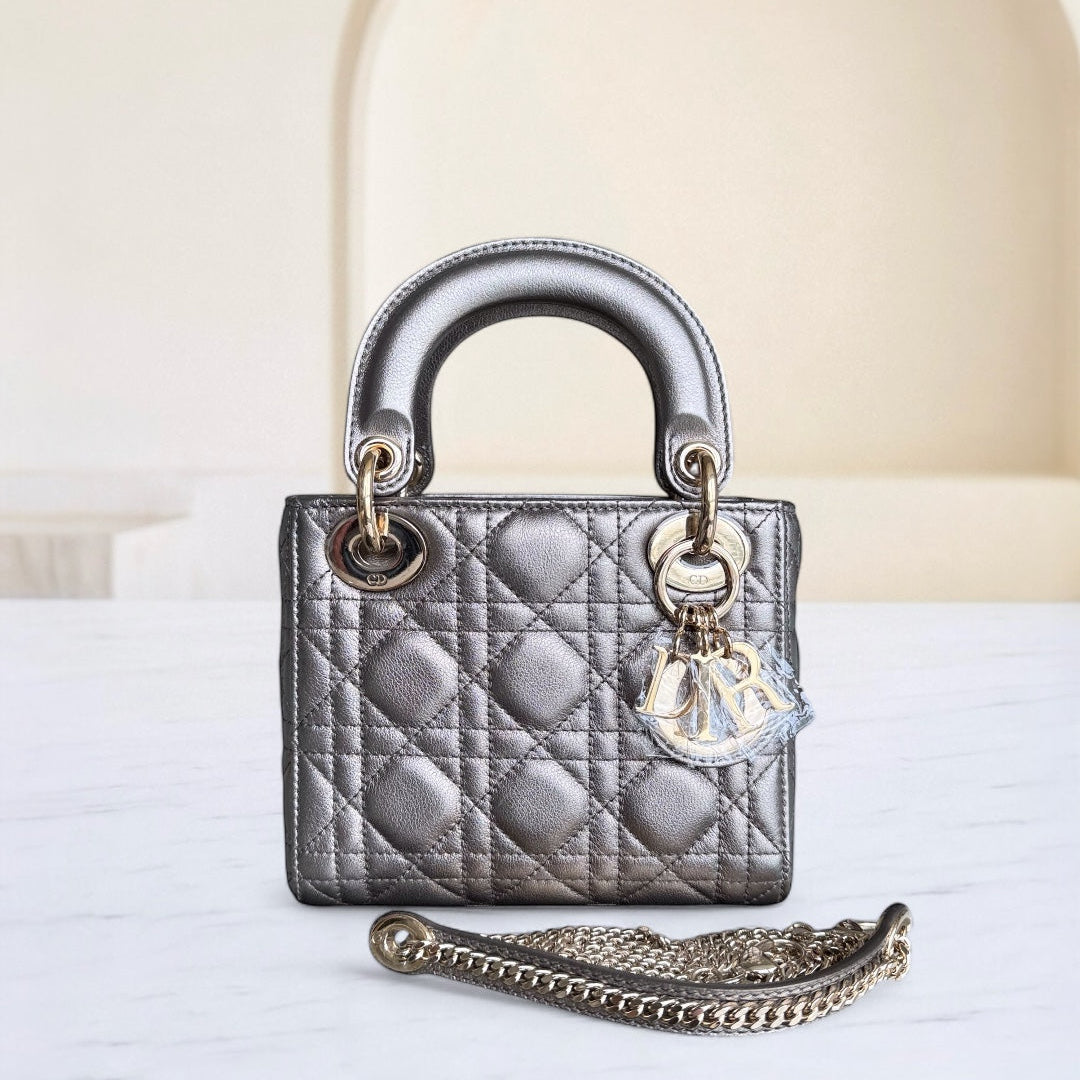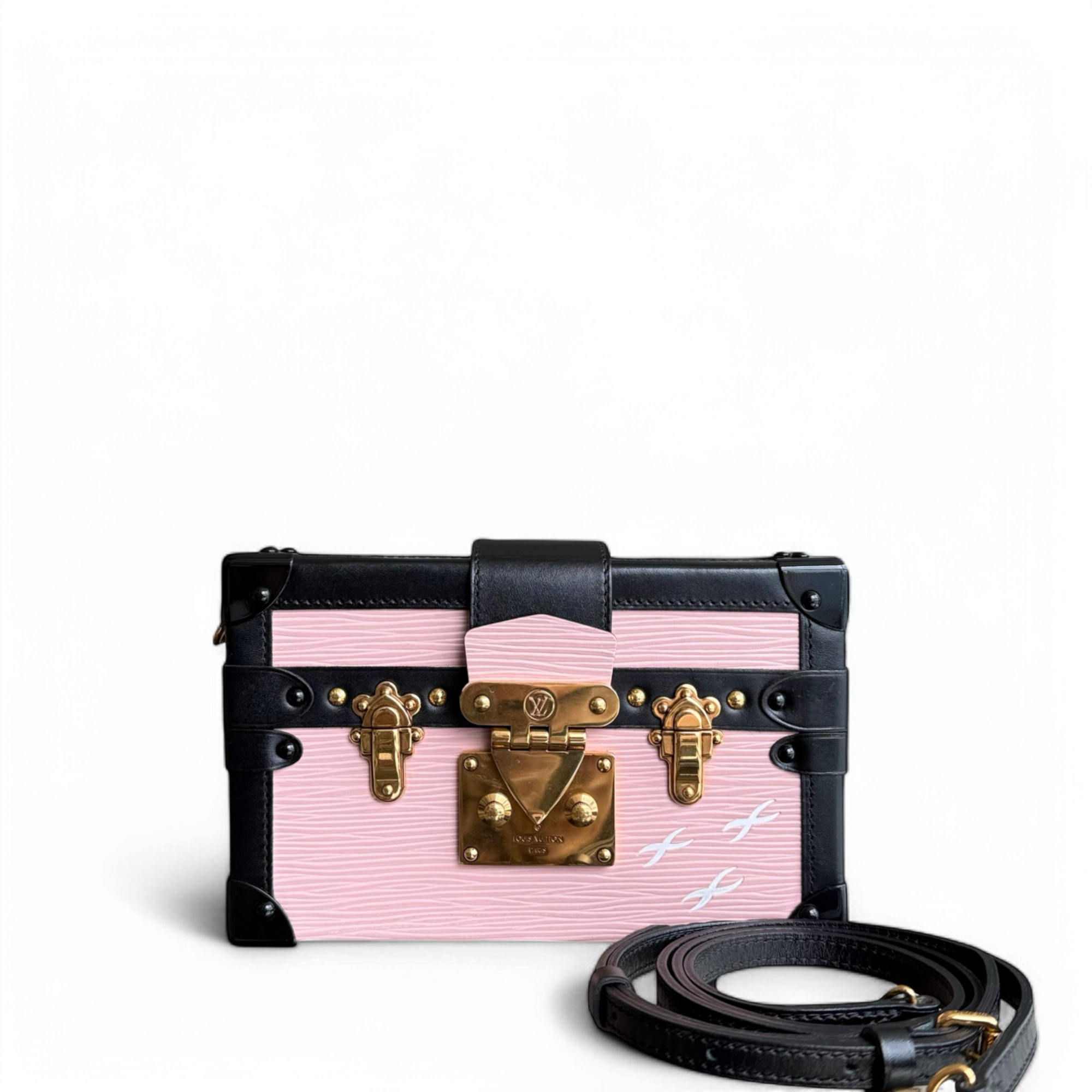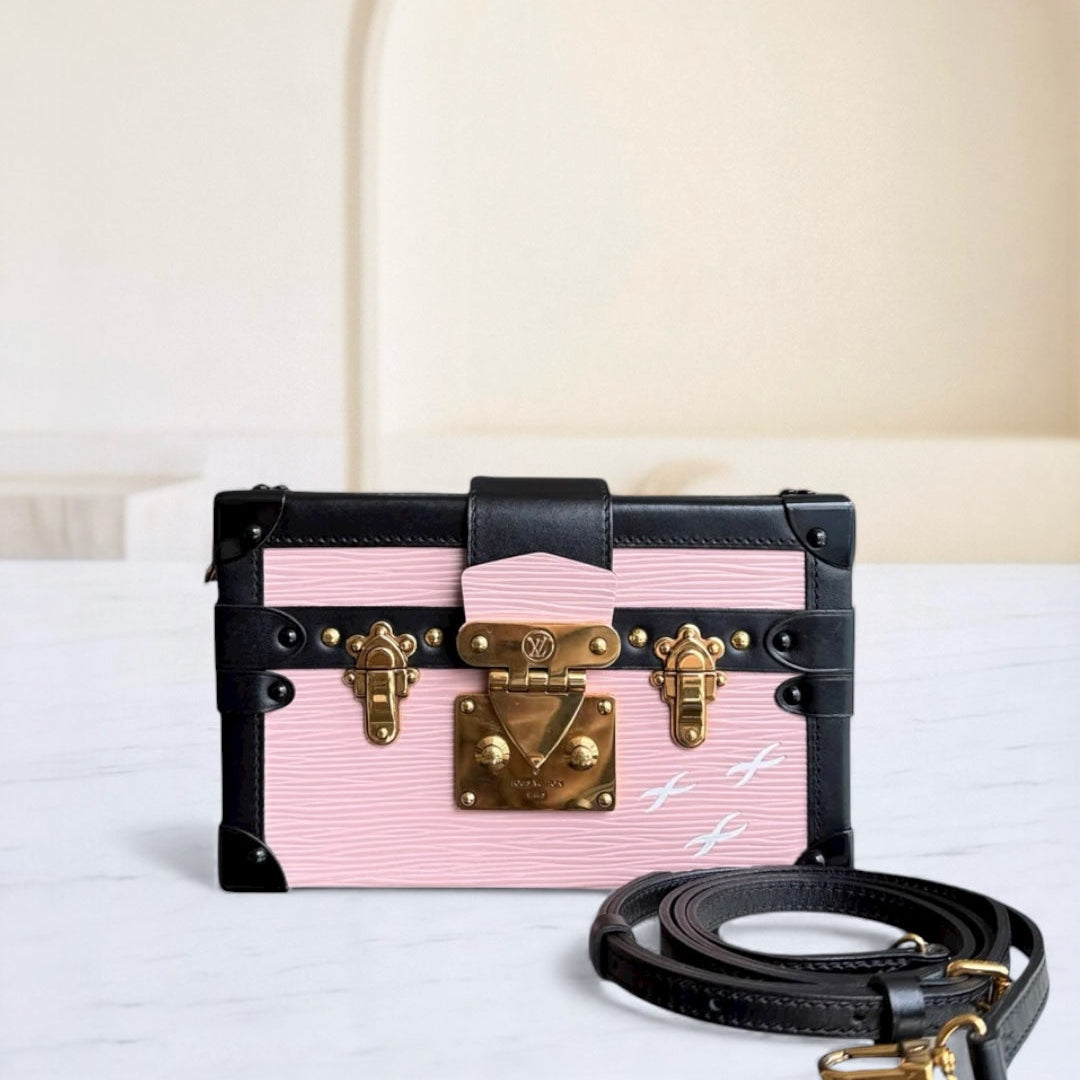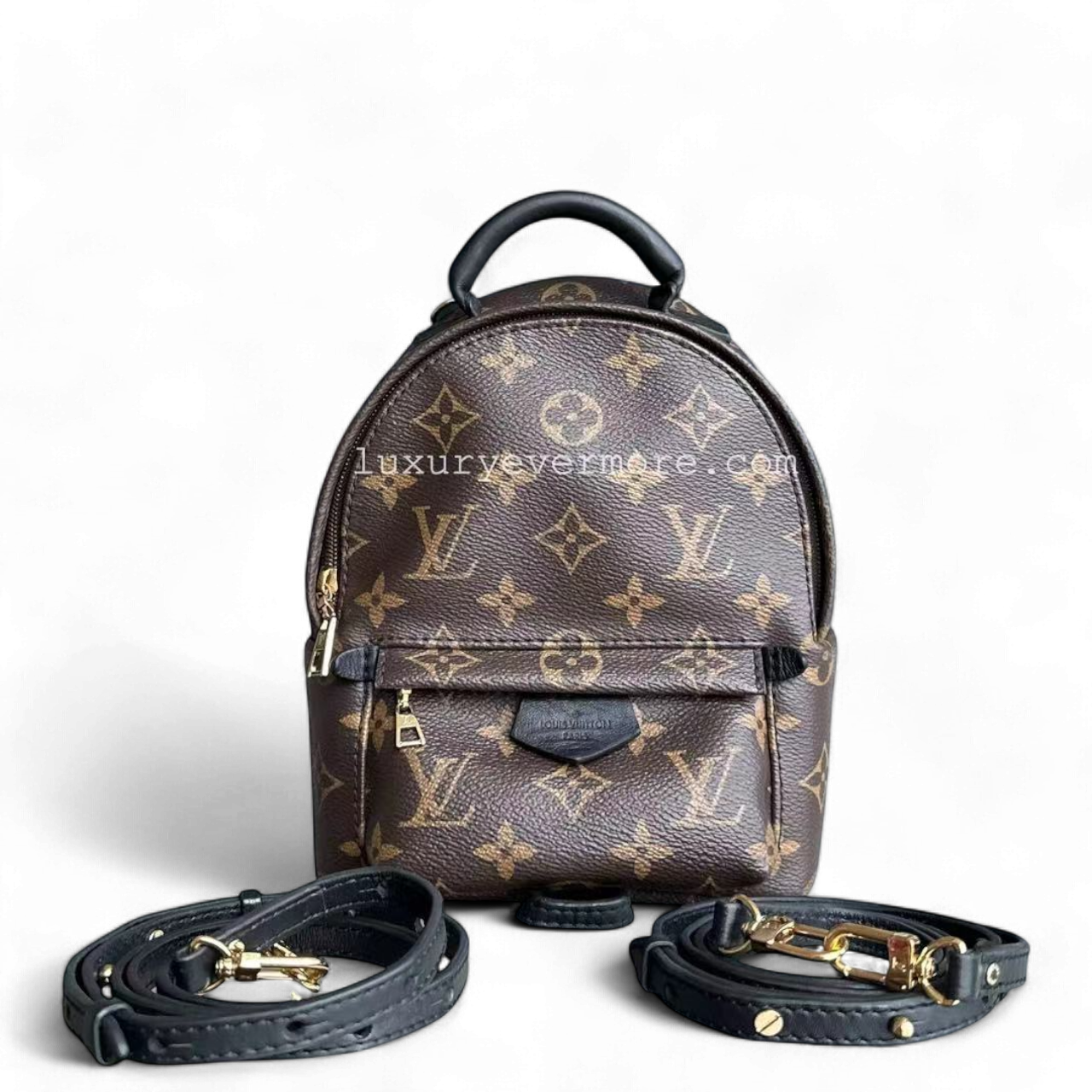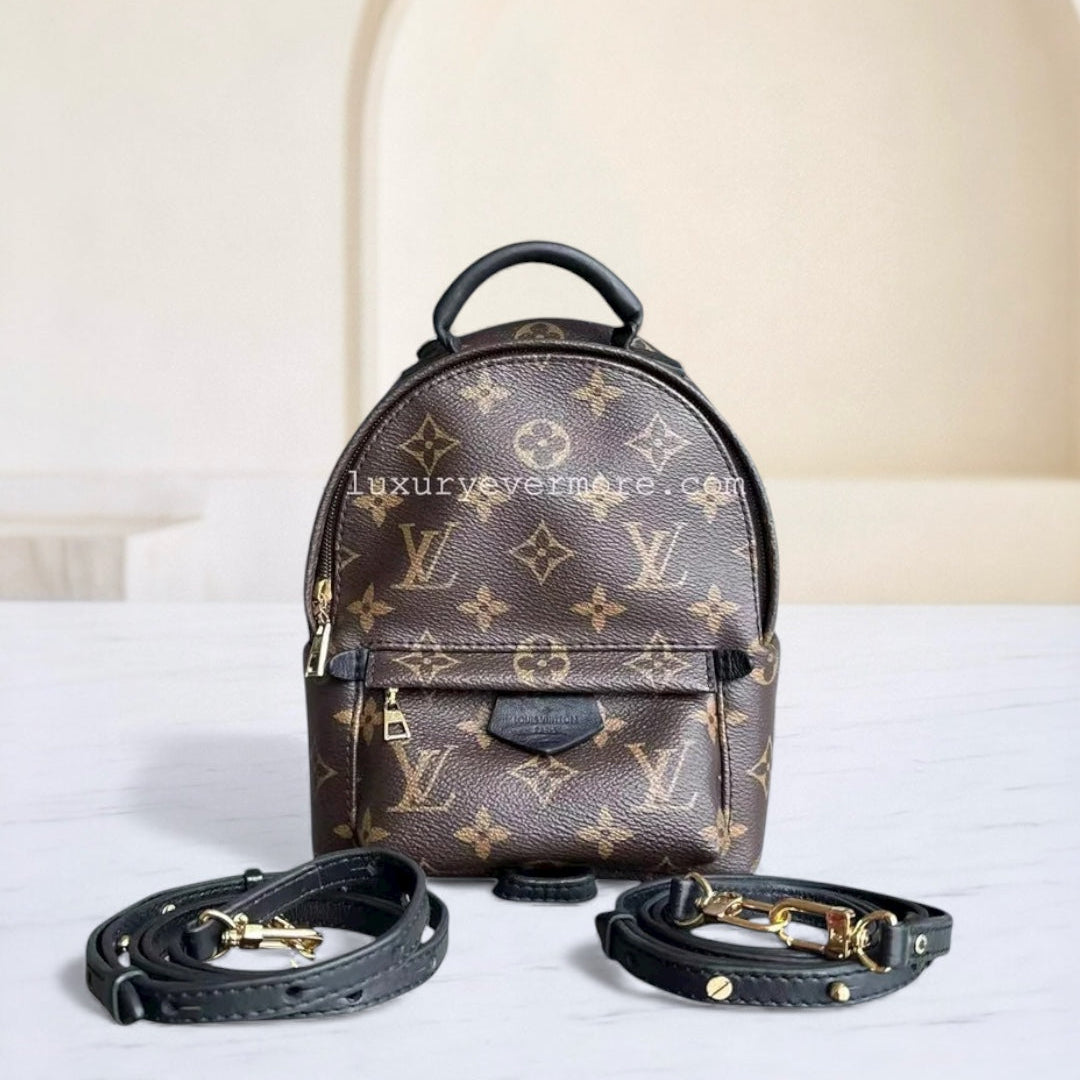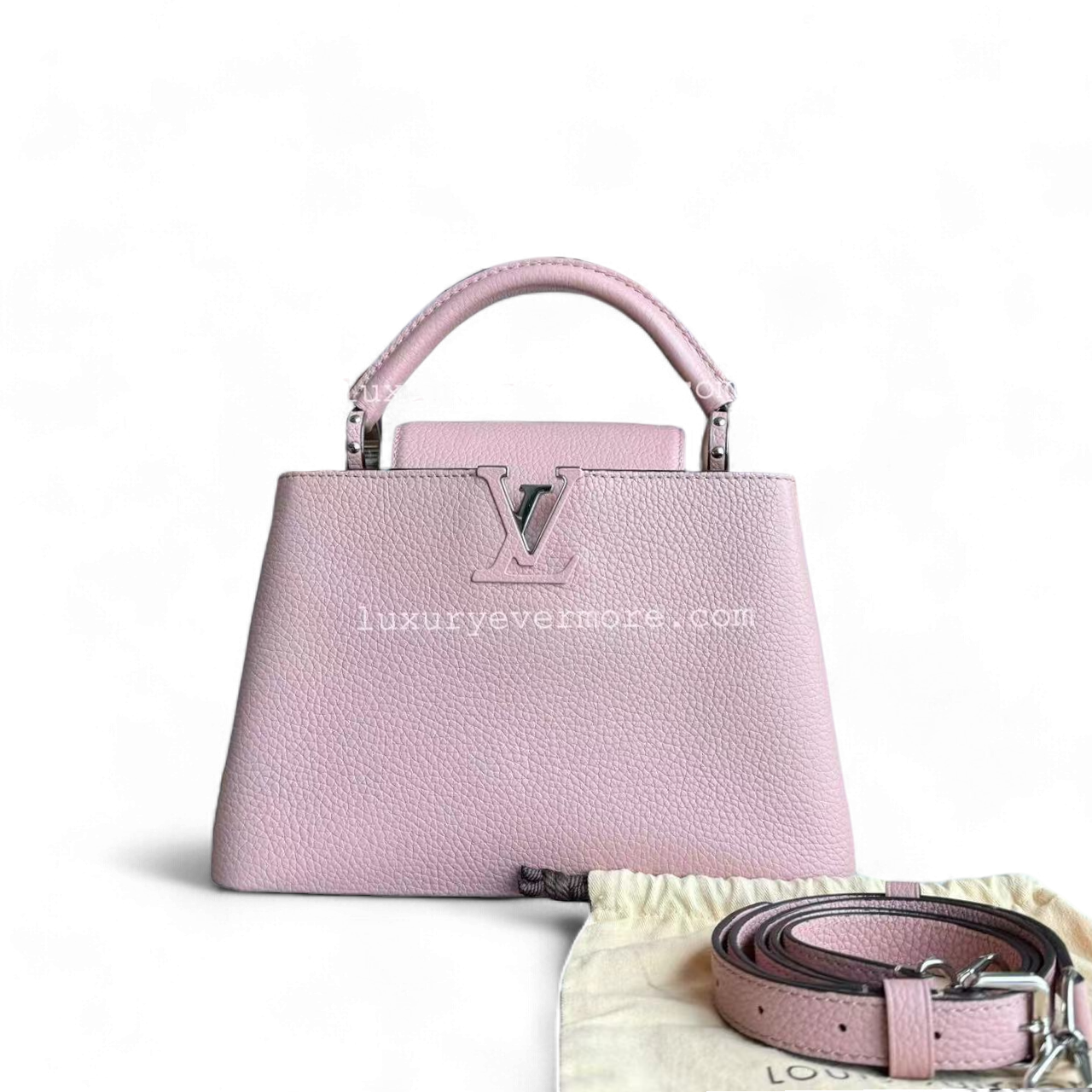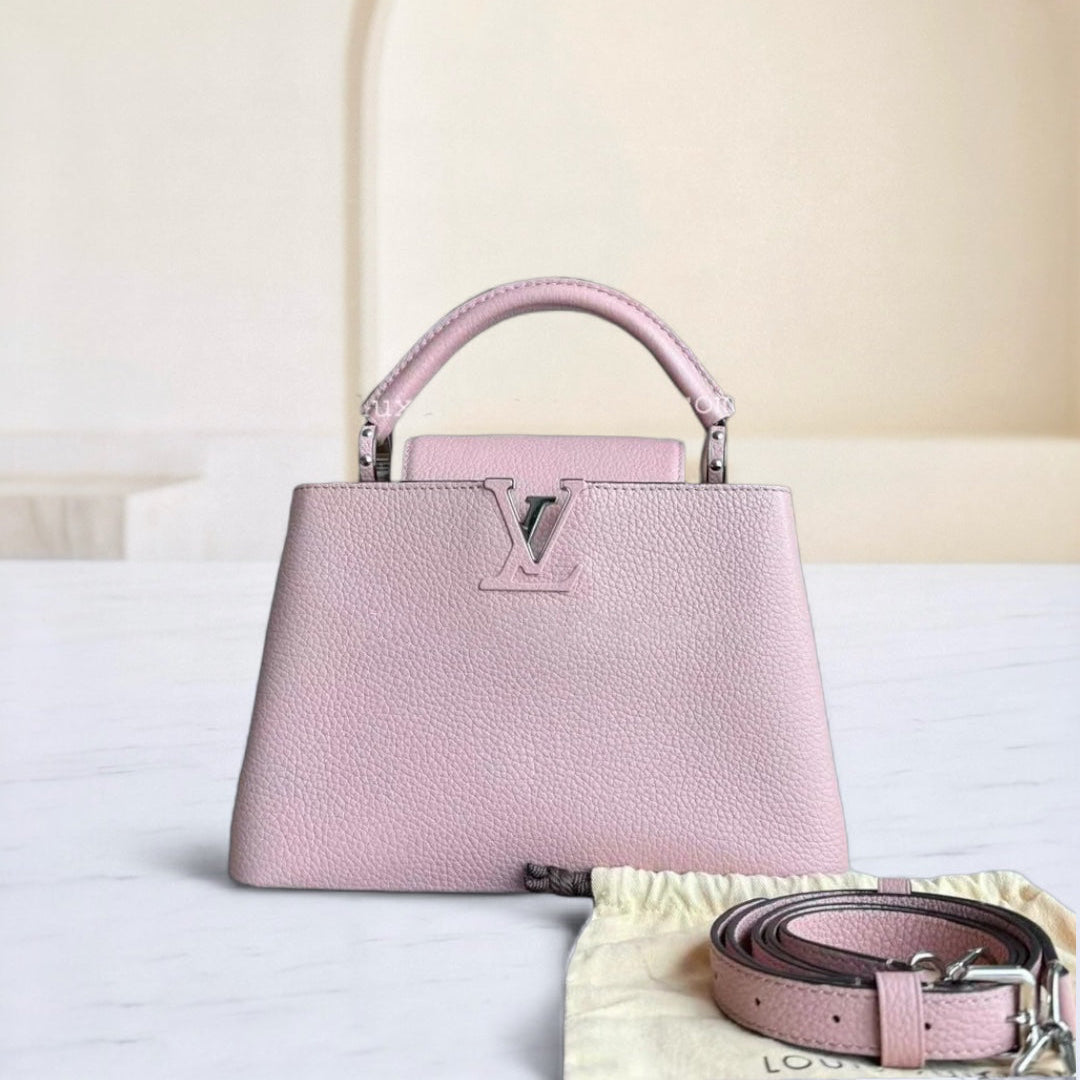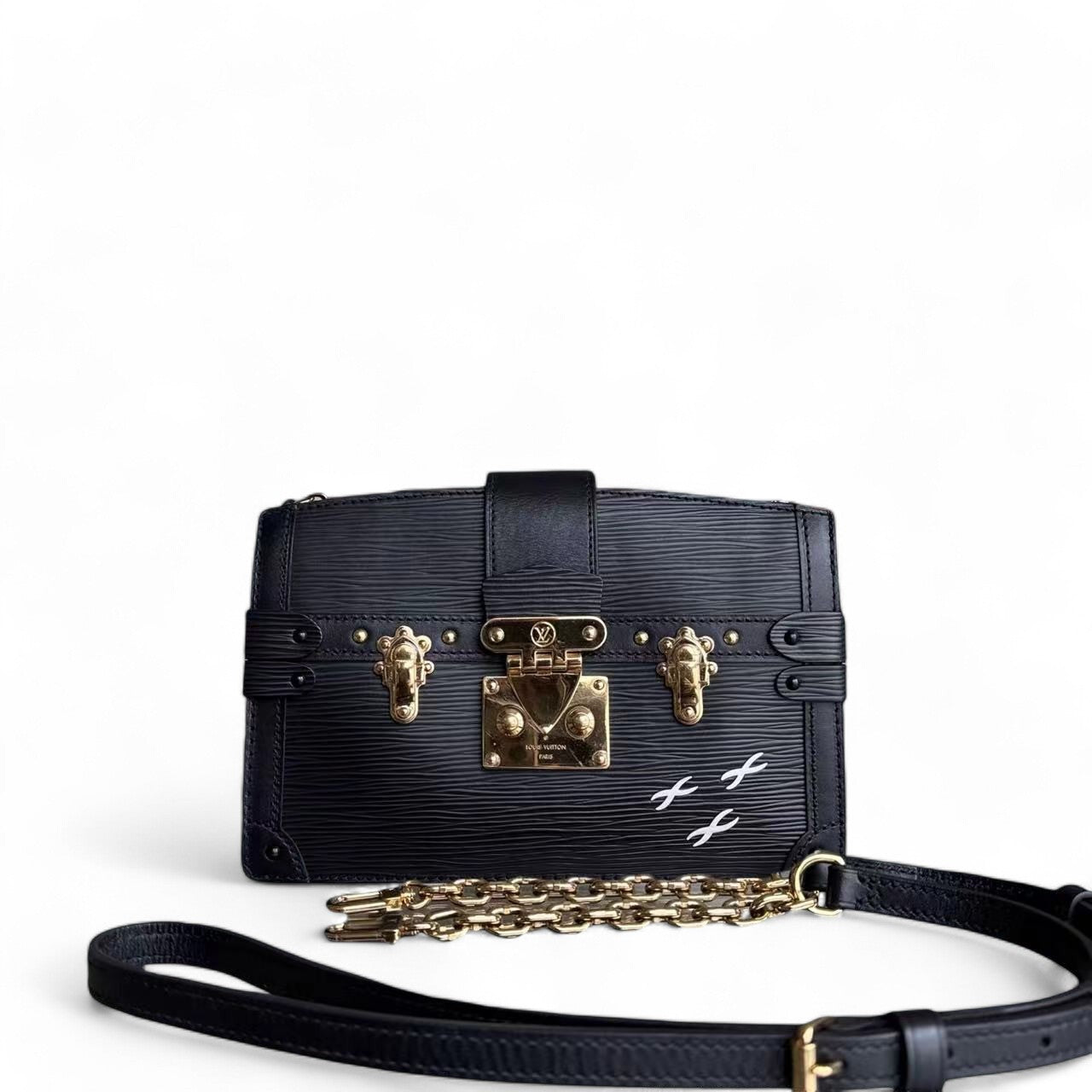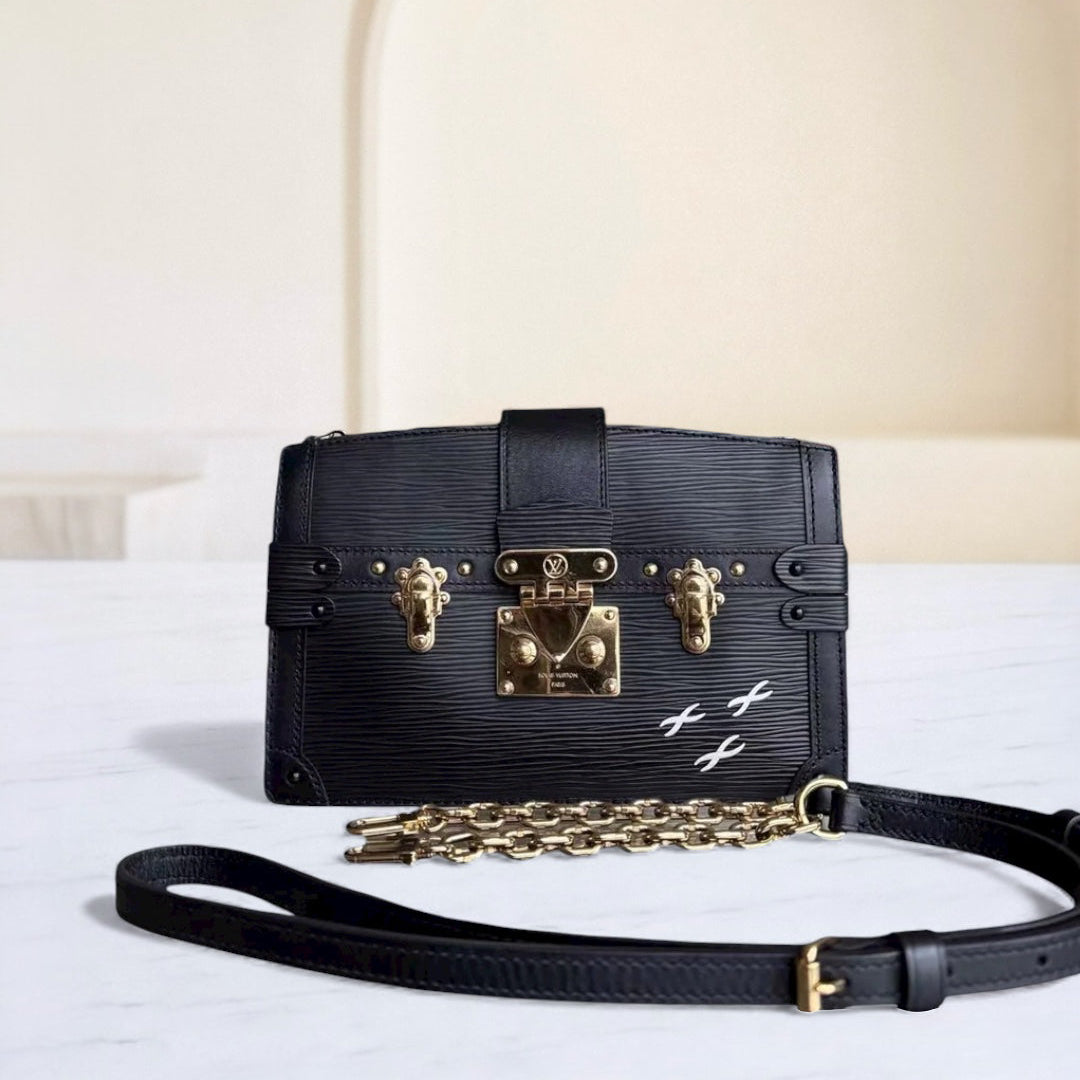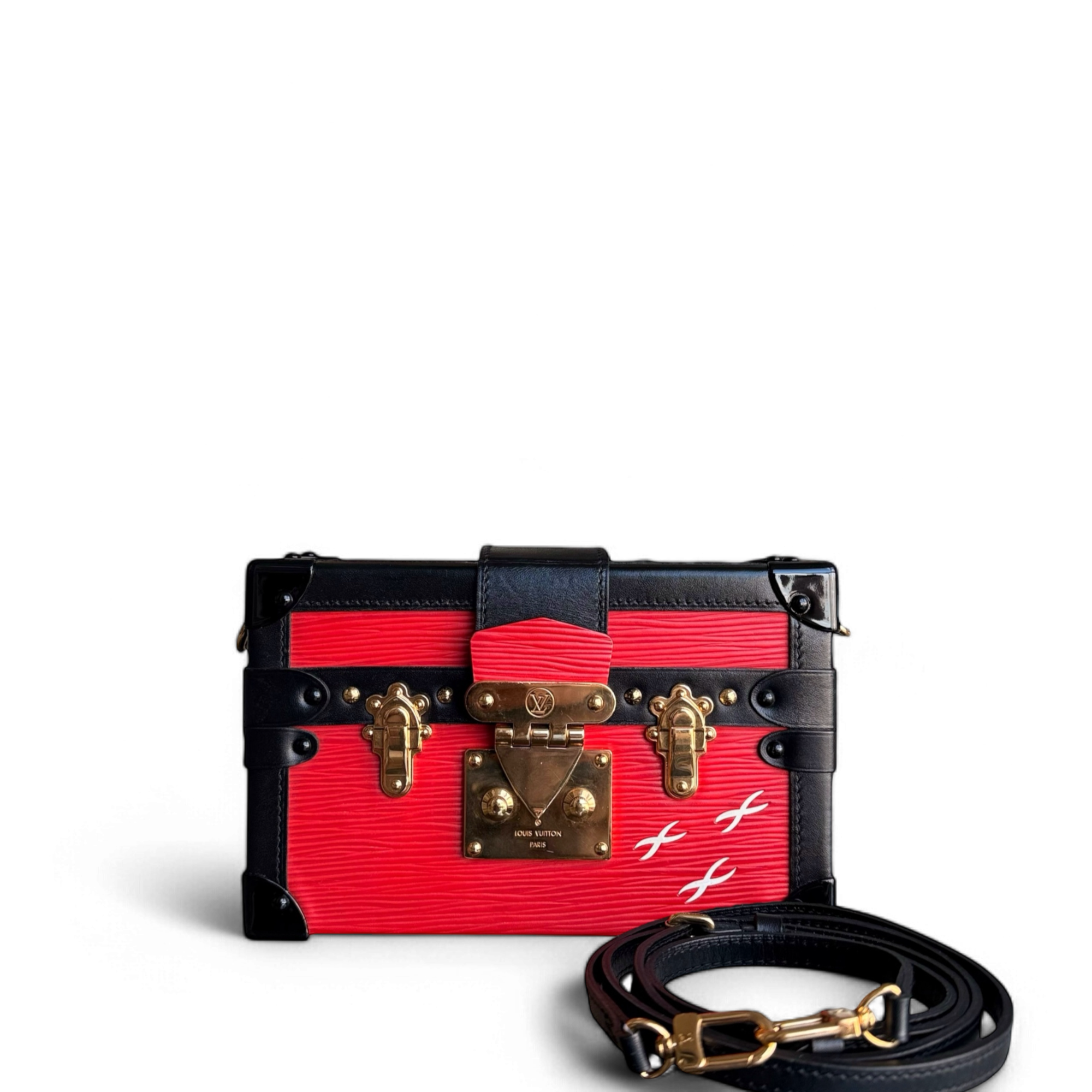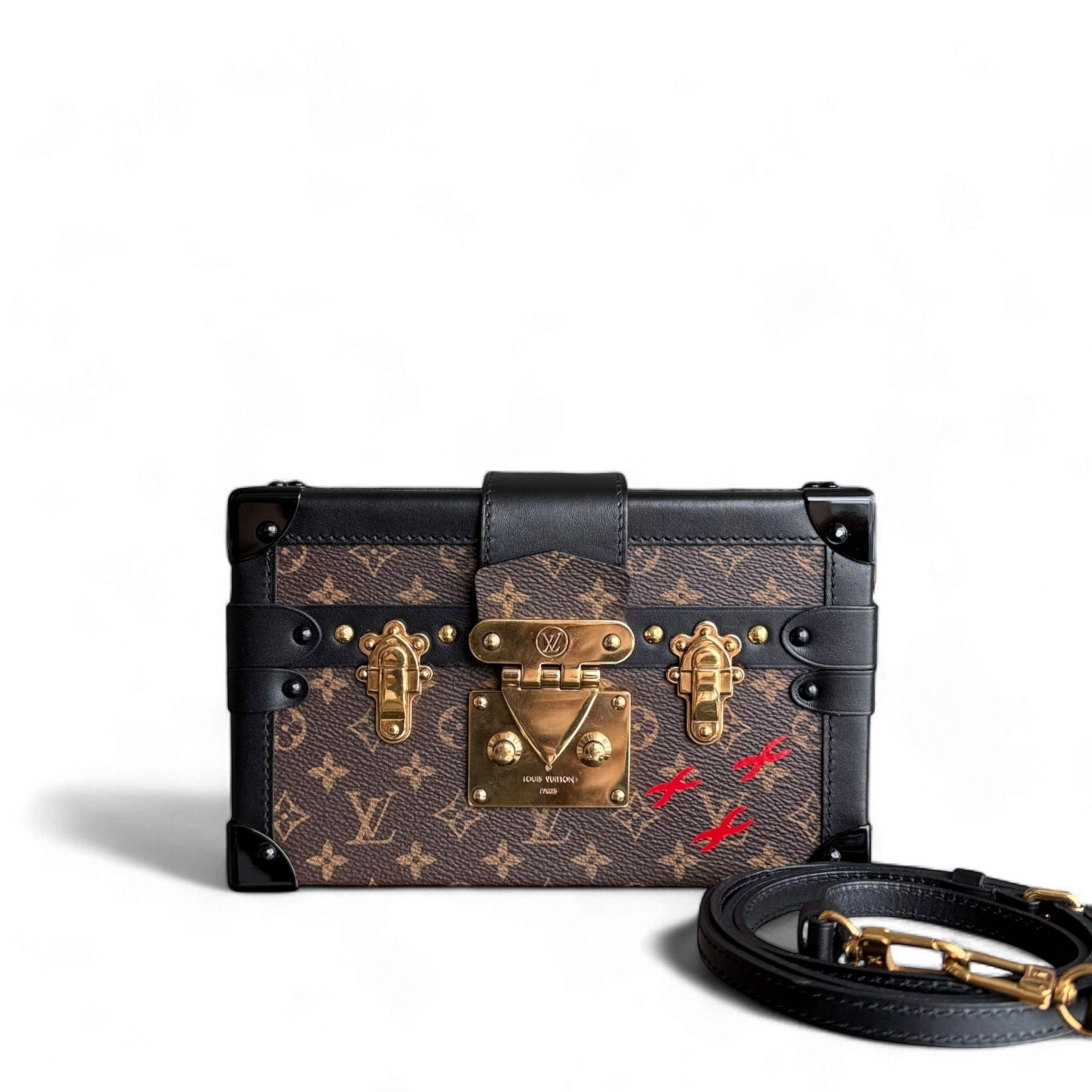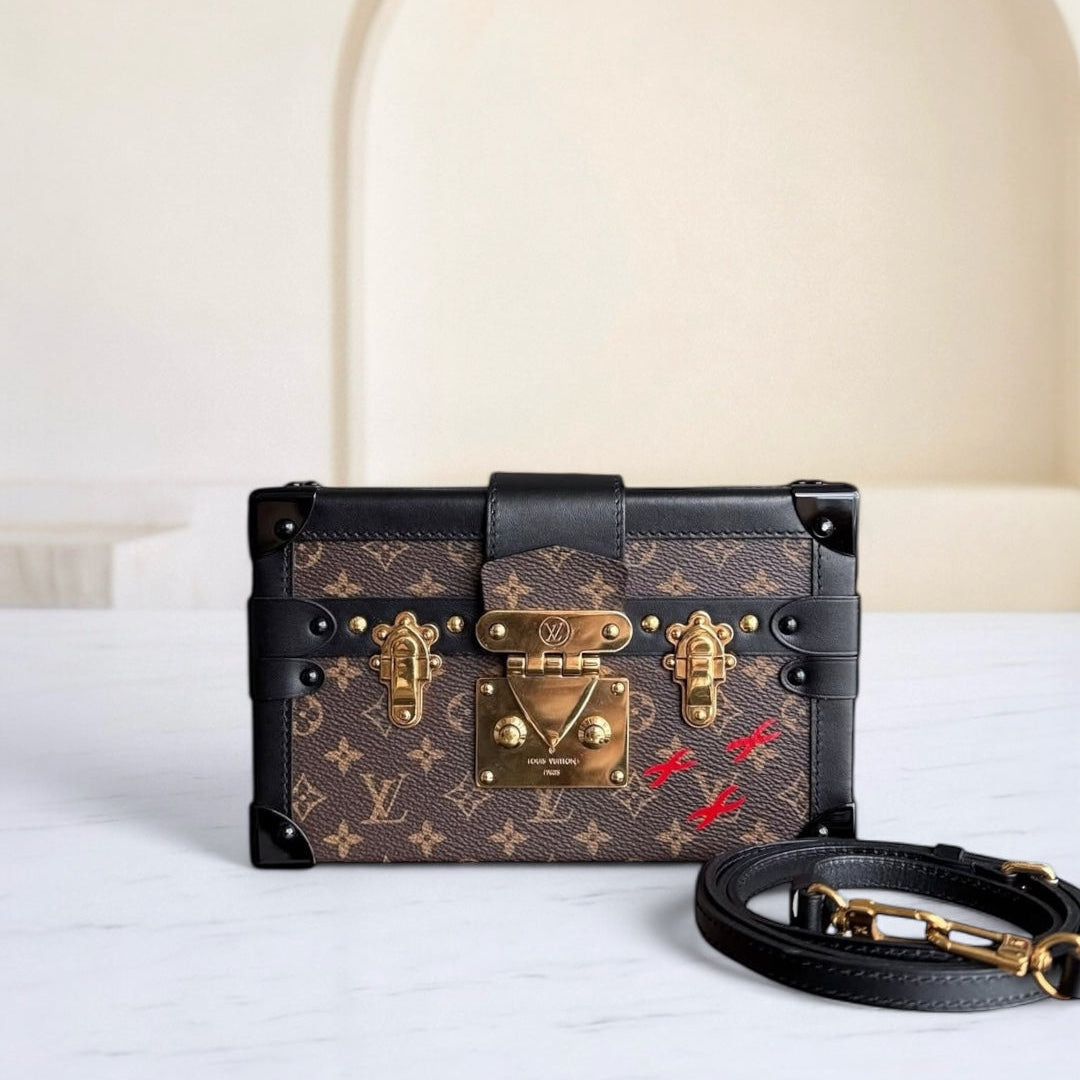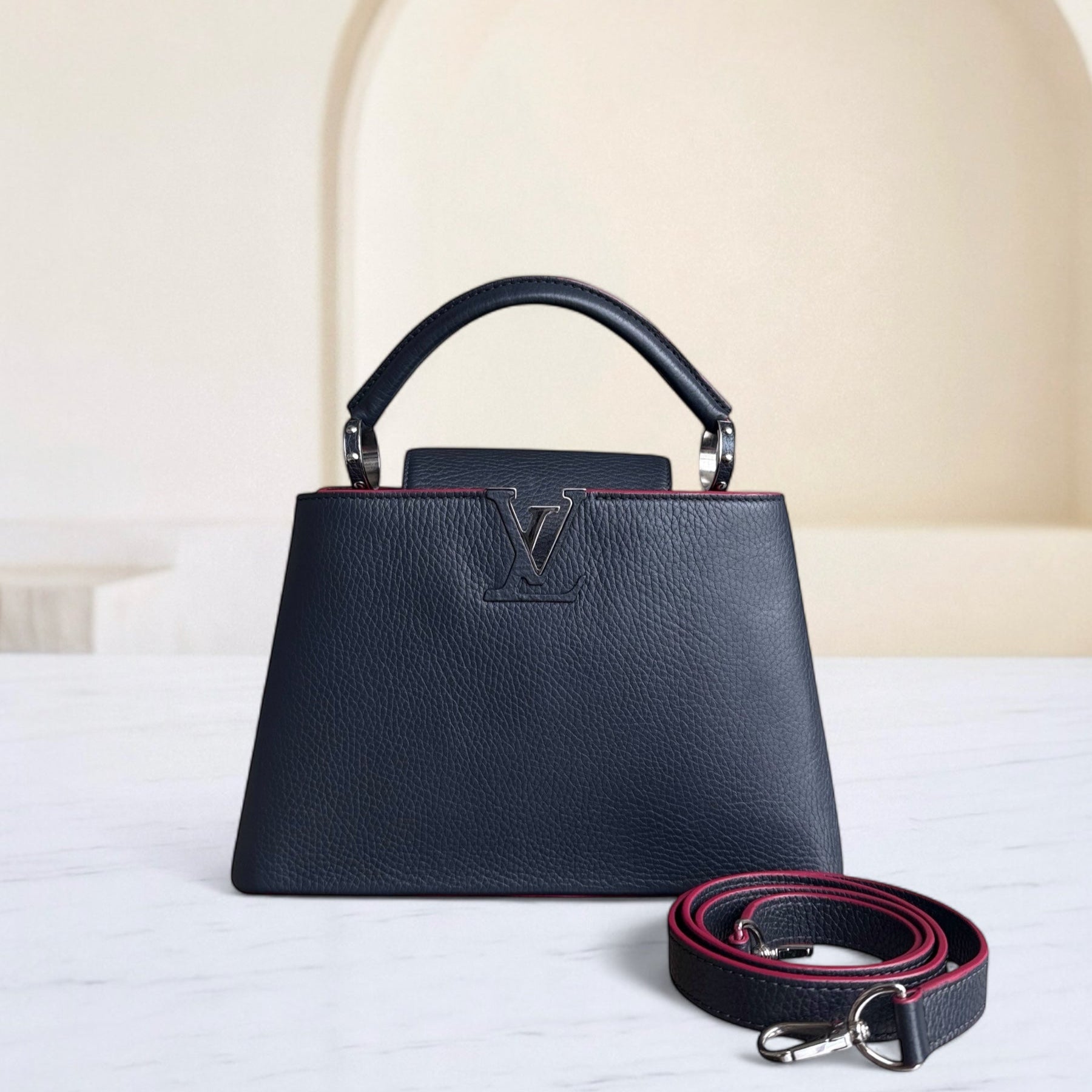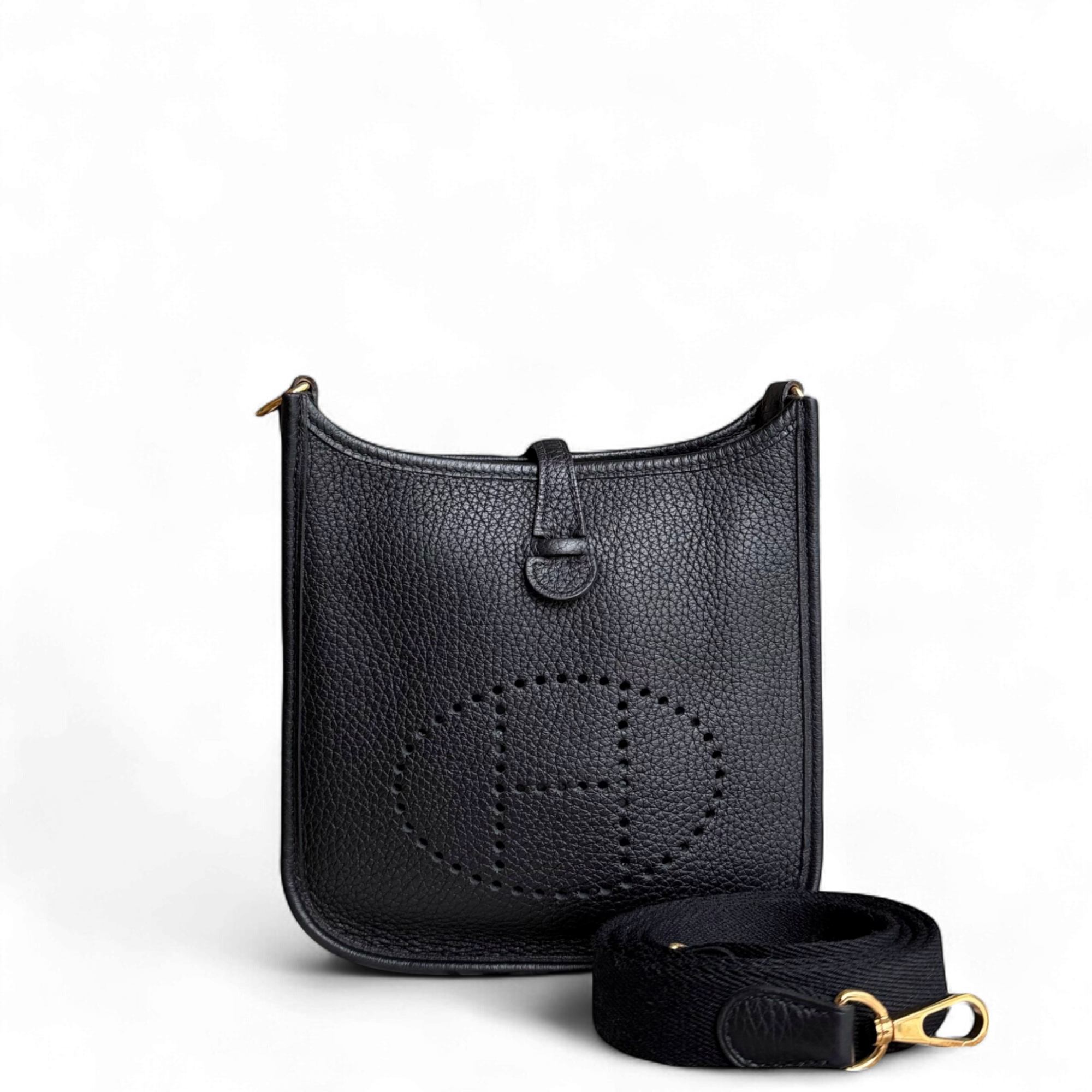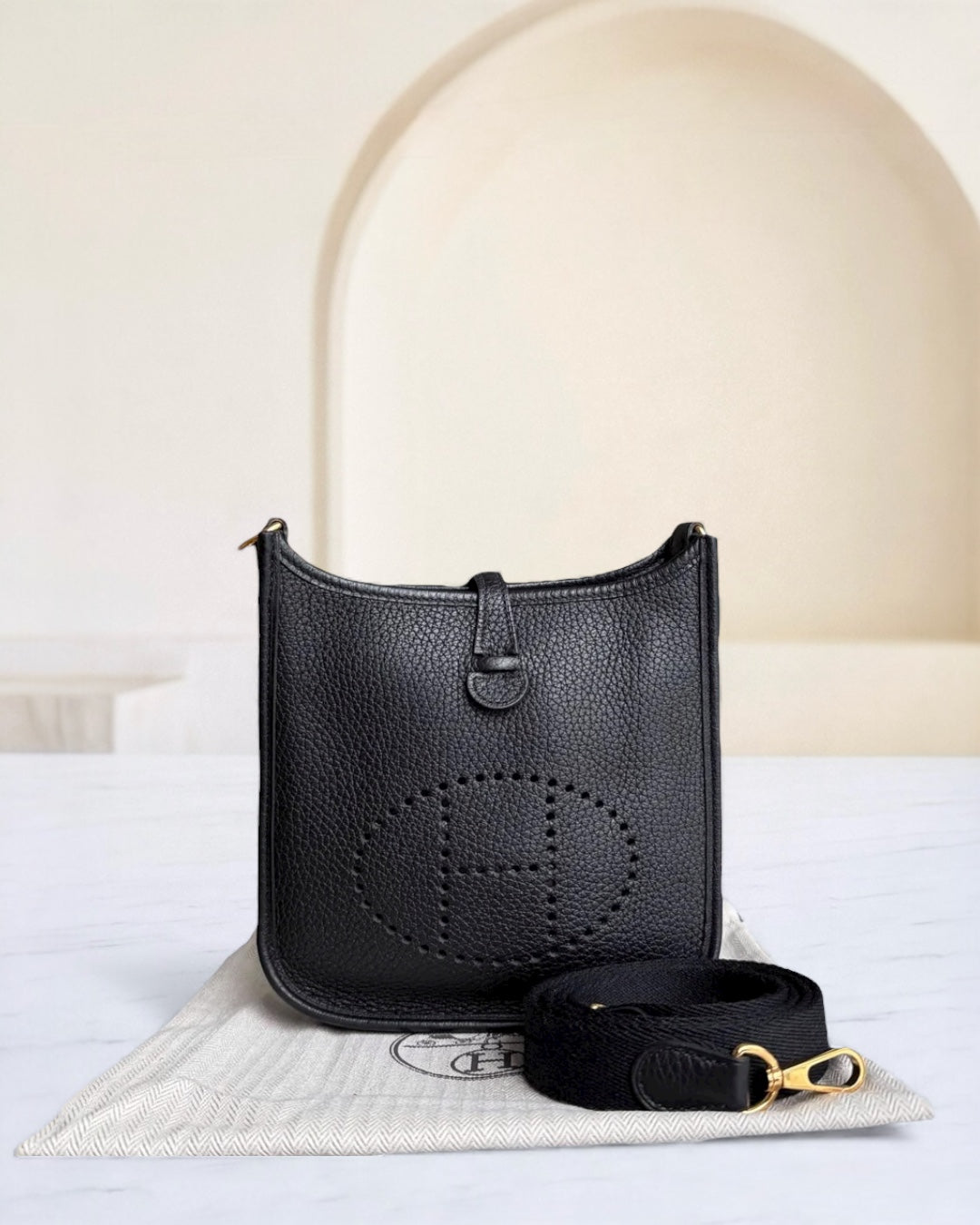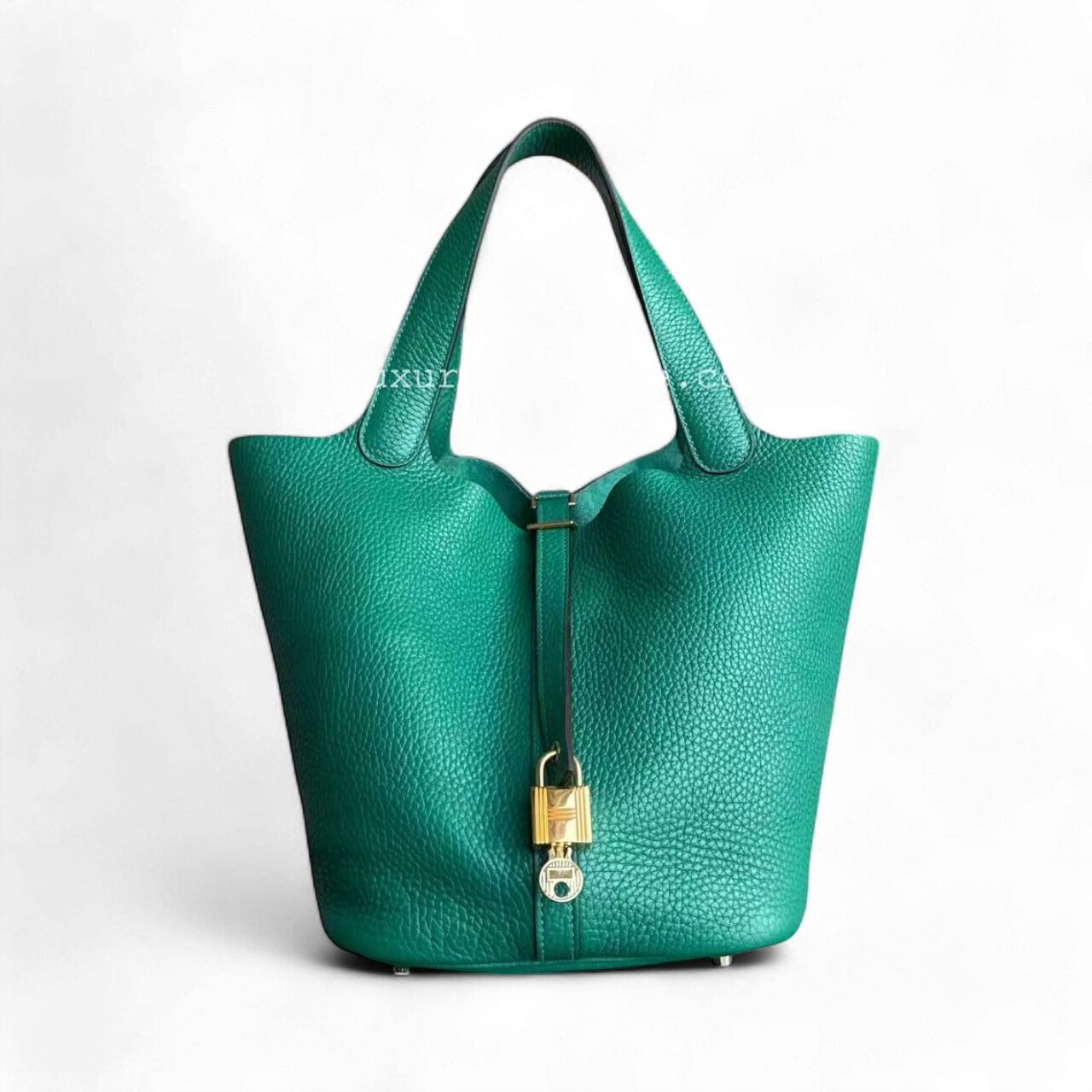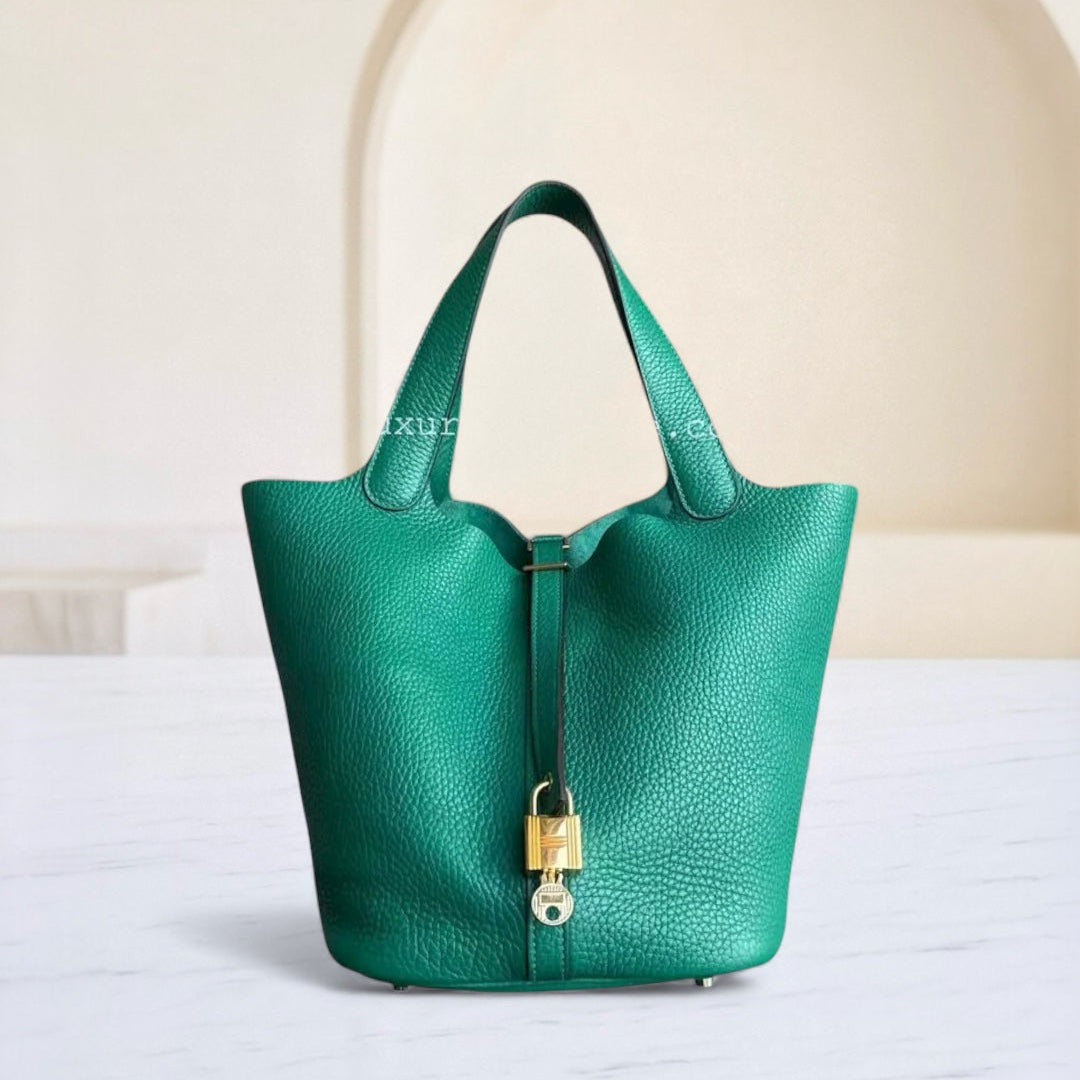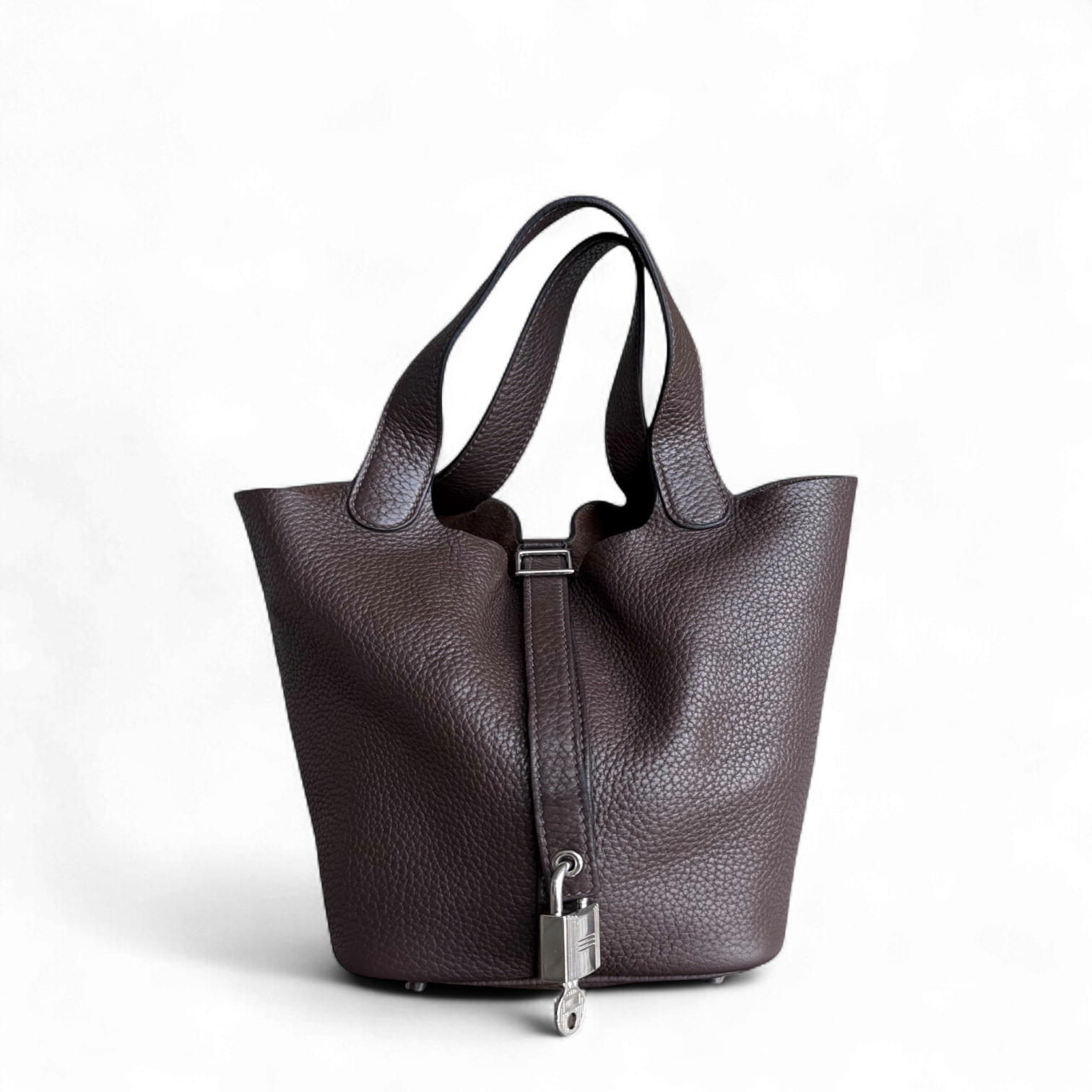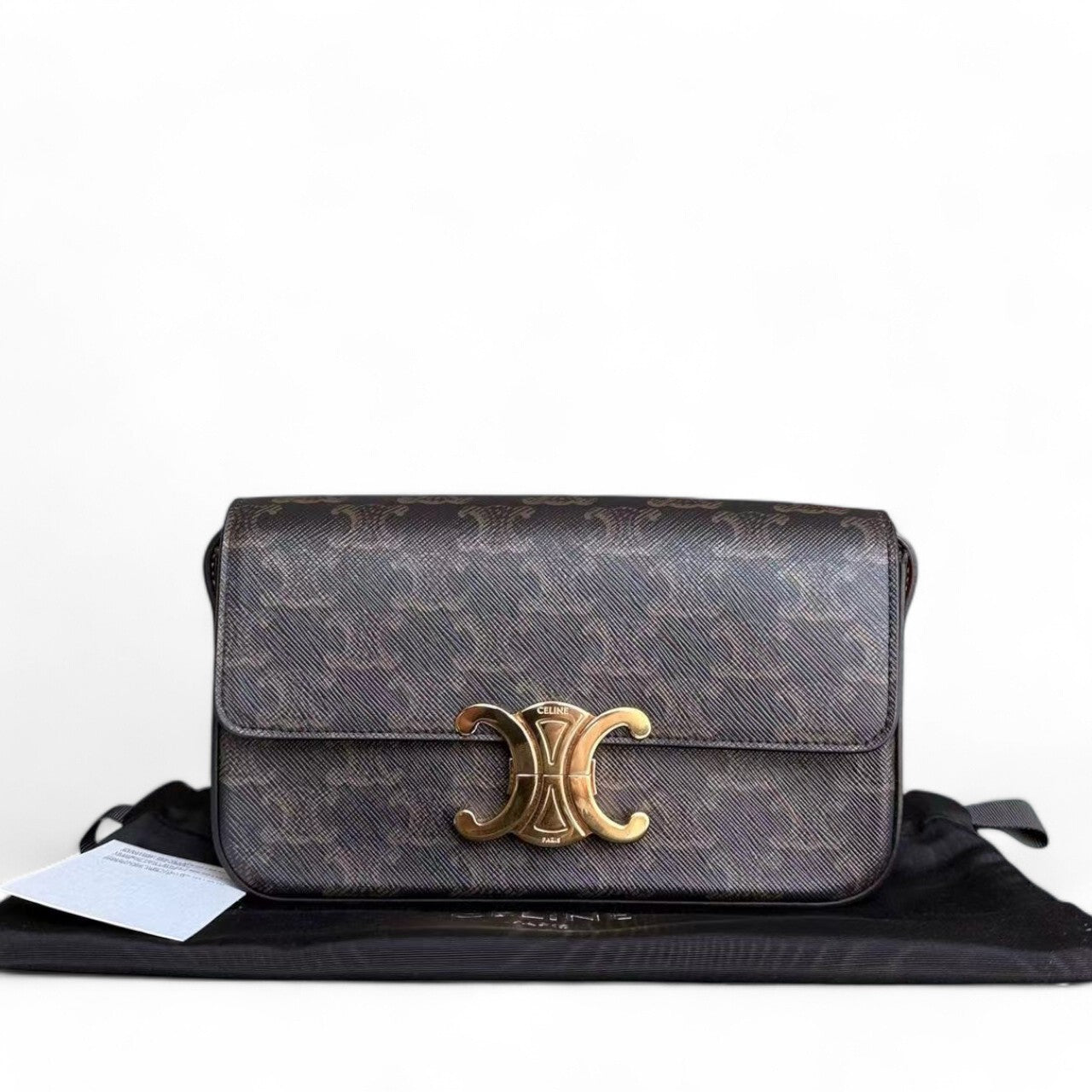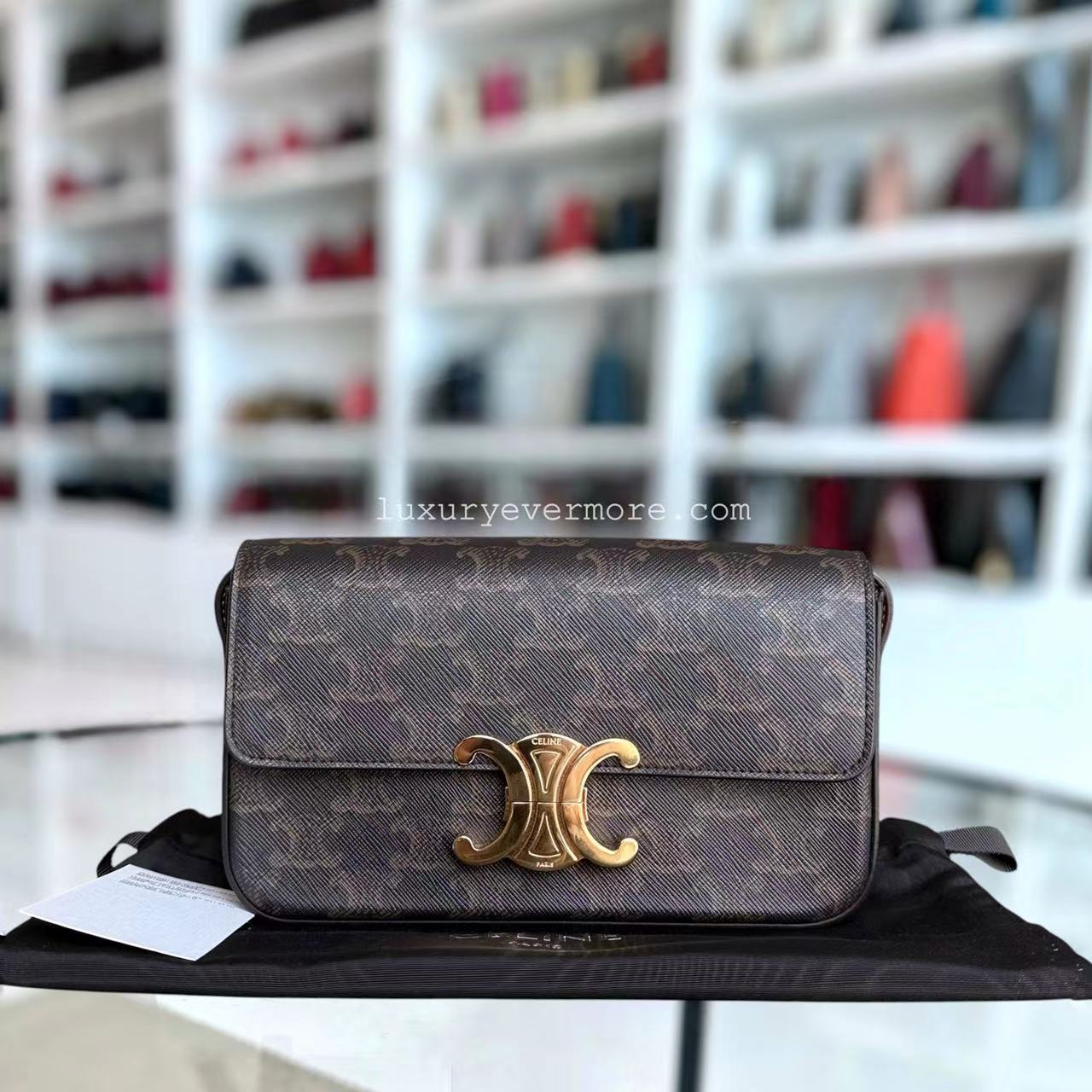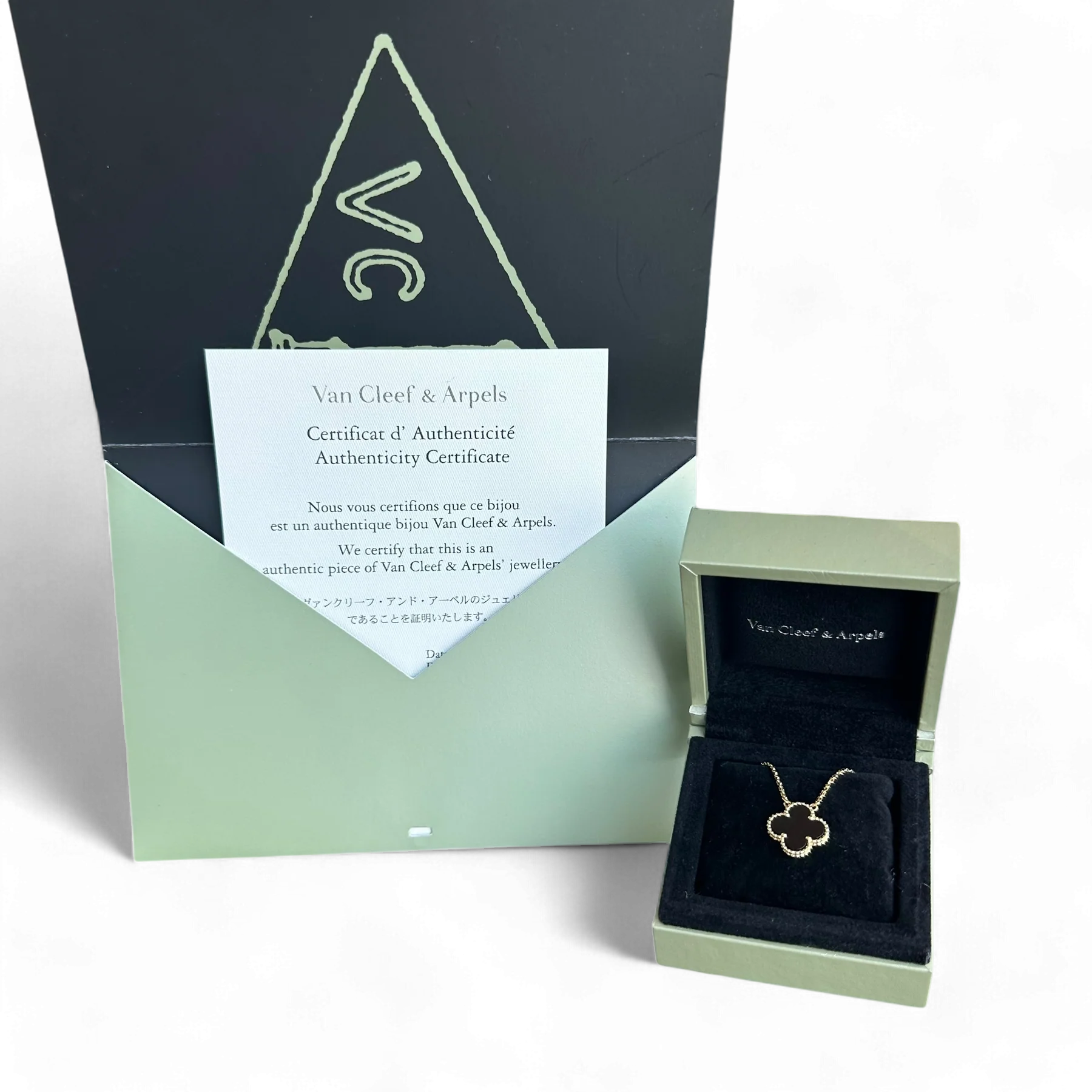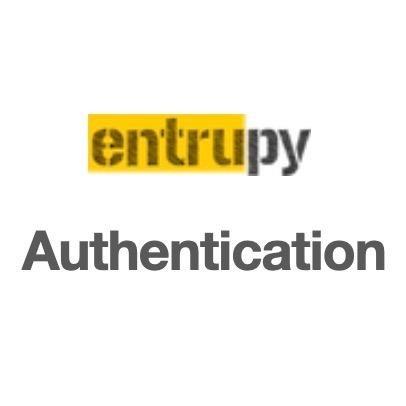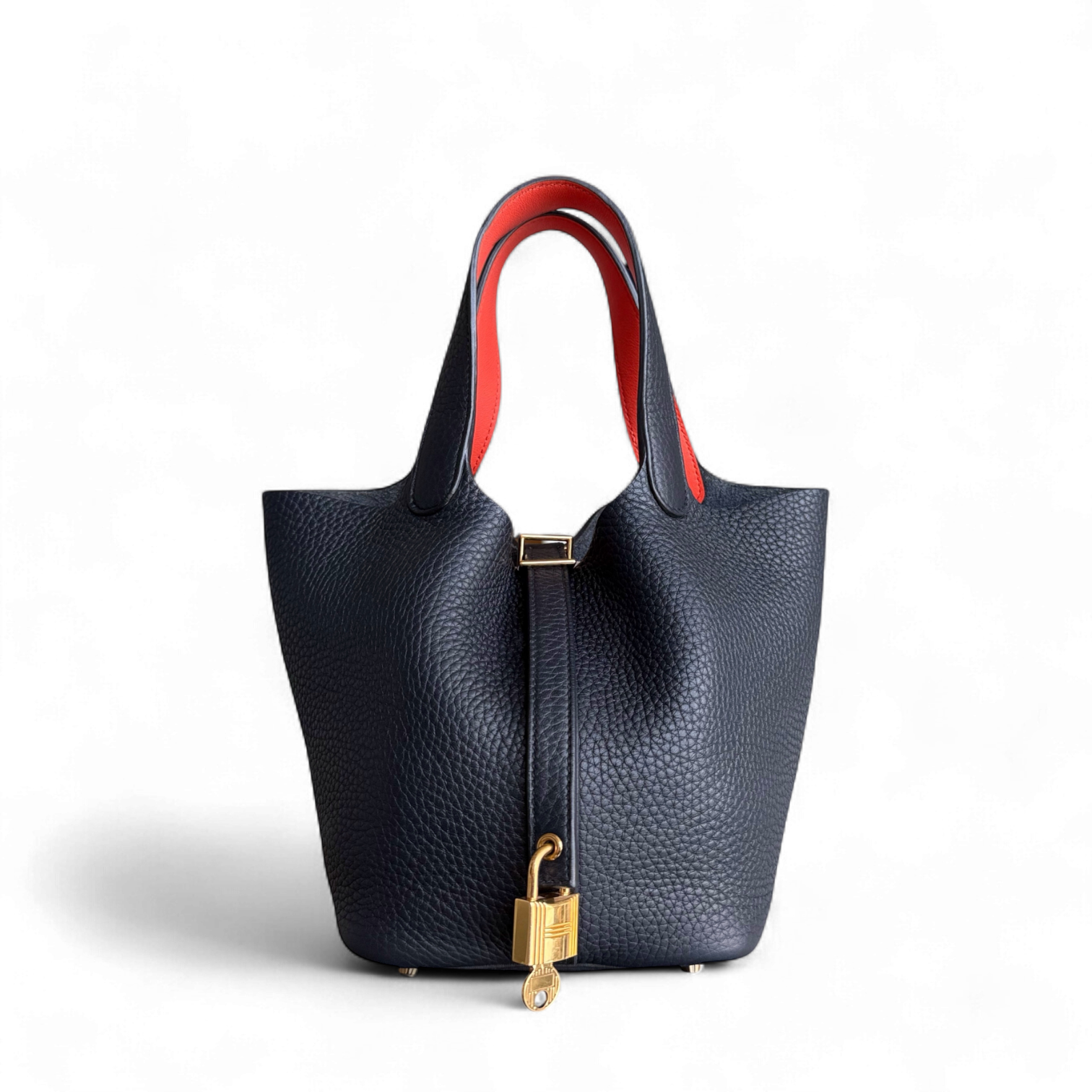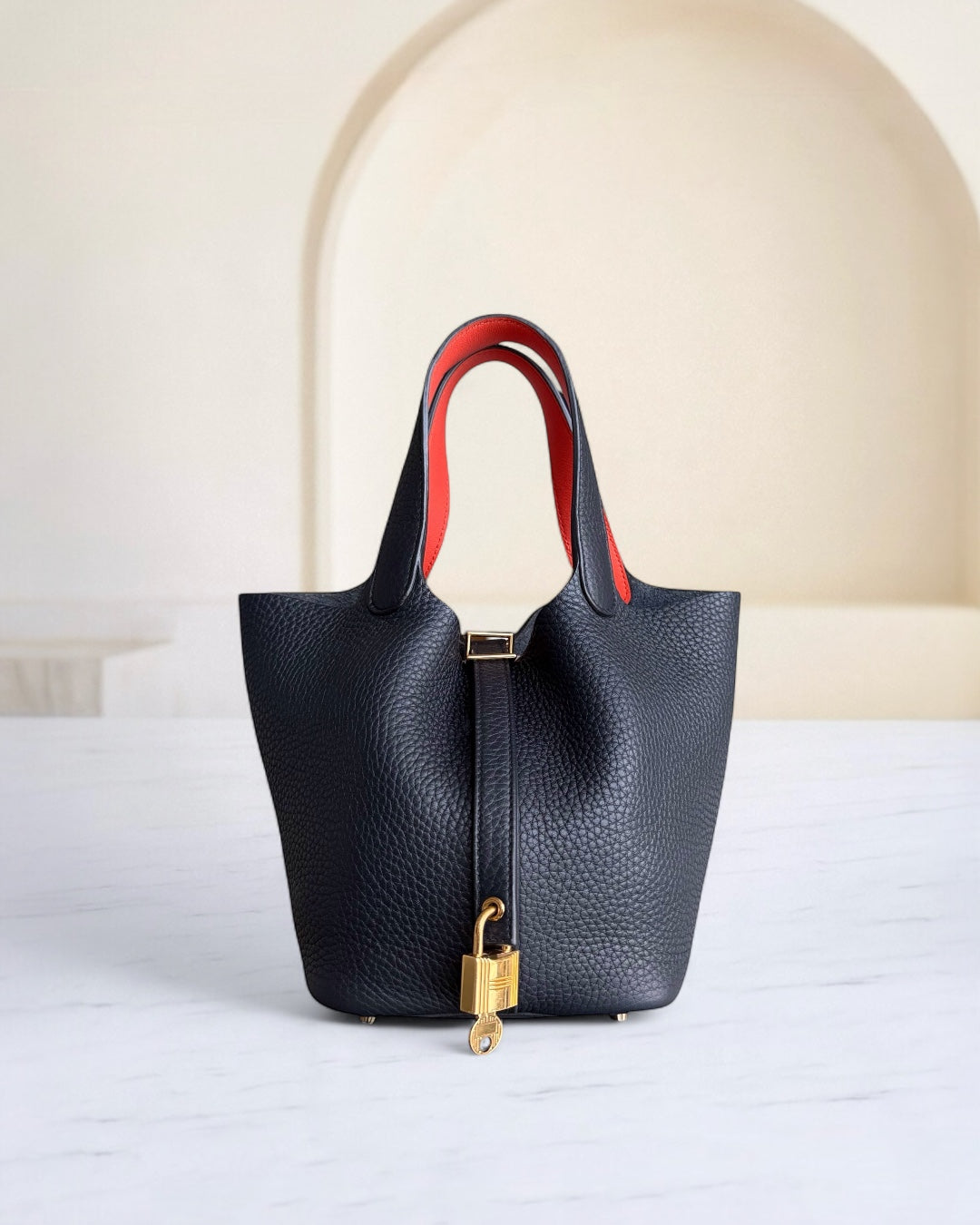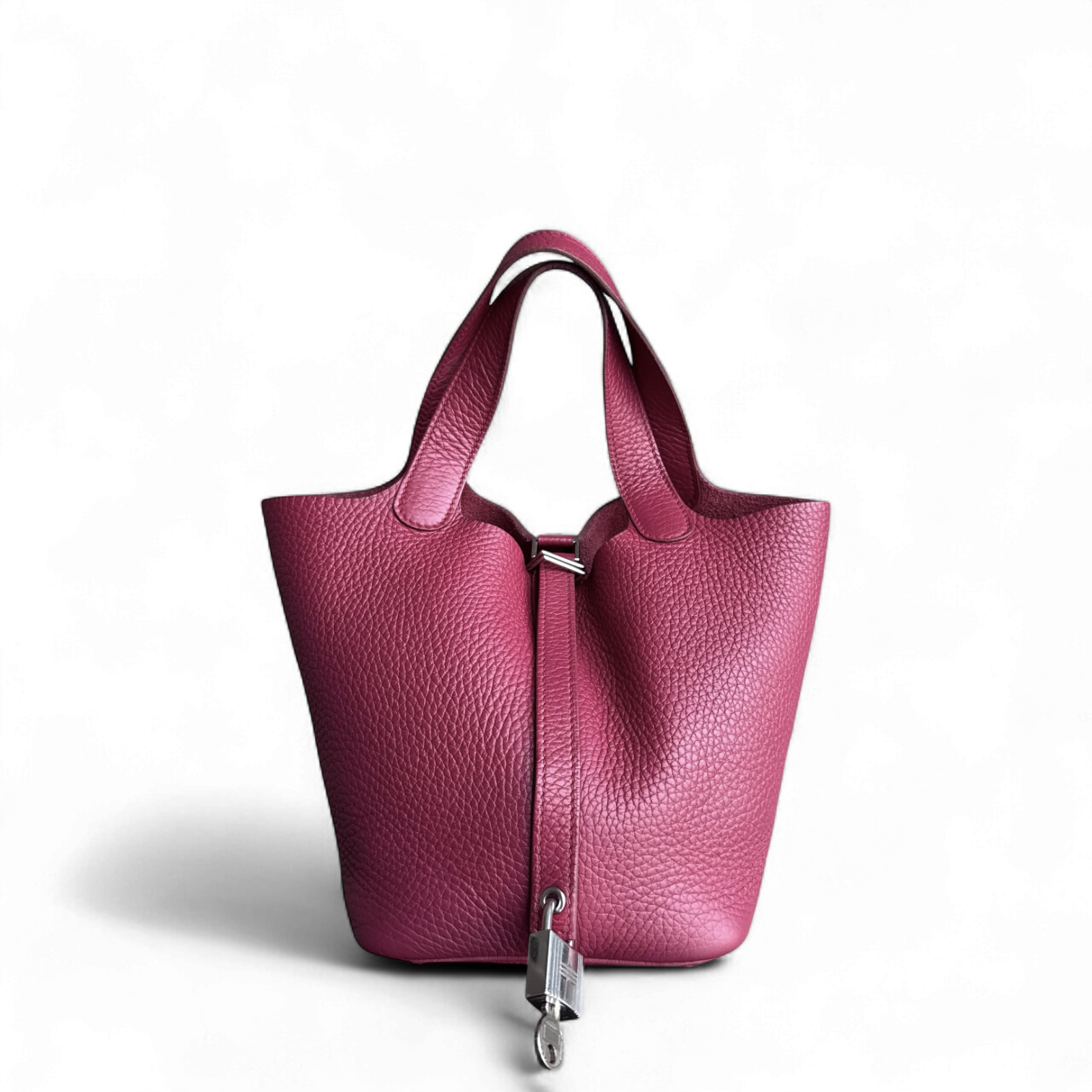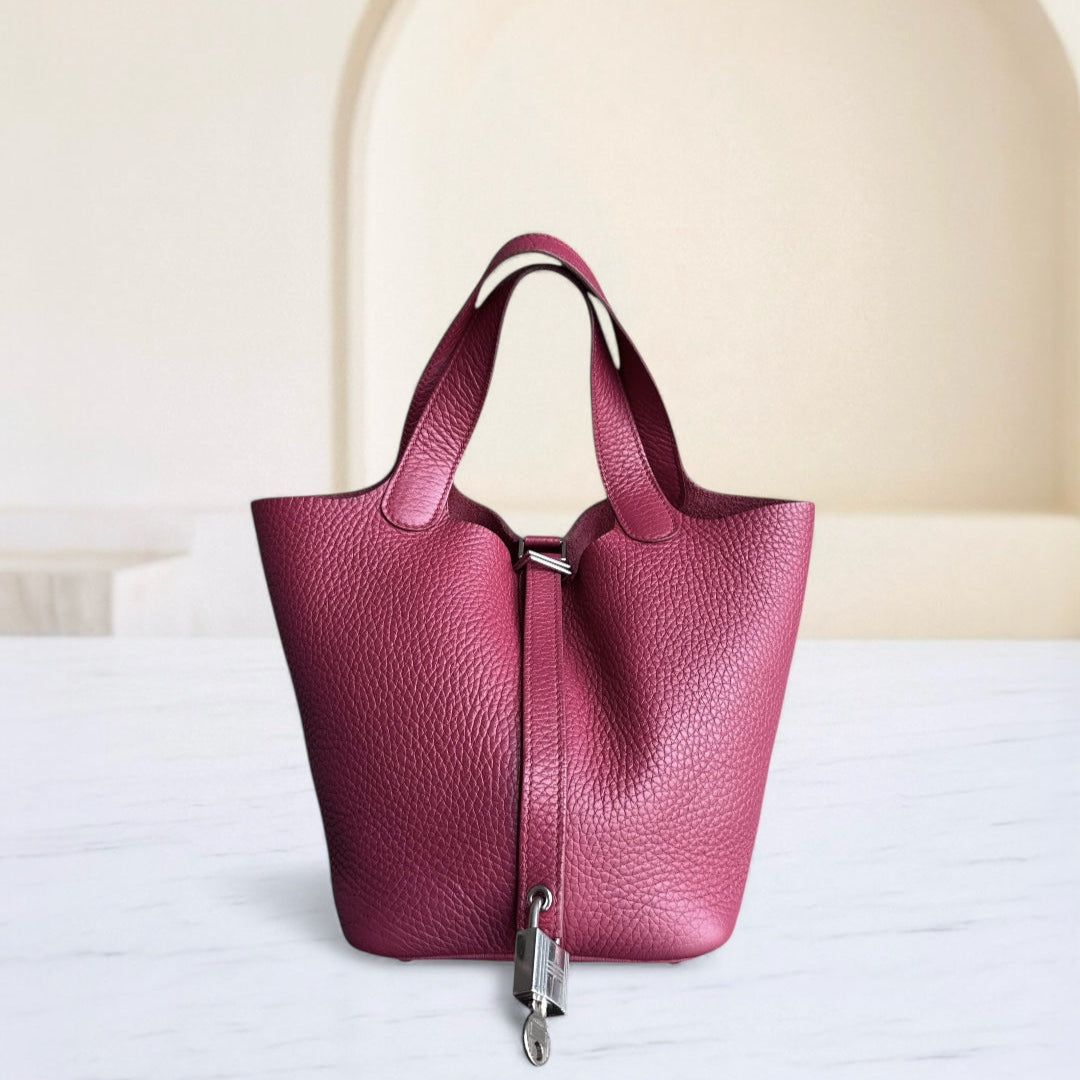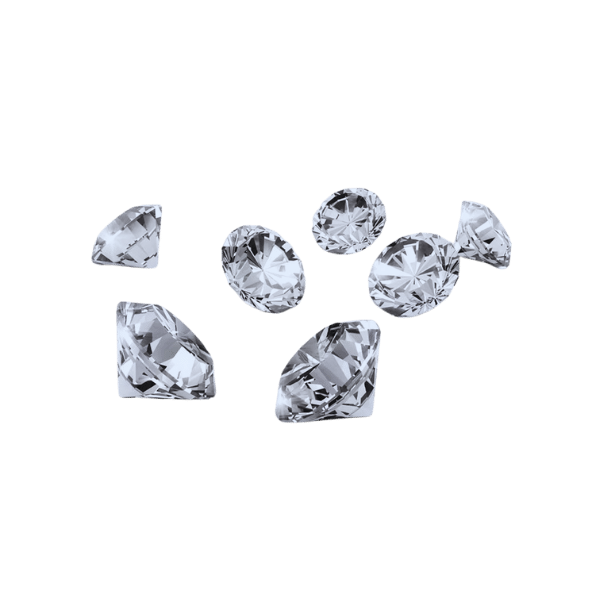Understanding LV Bags Duplicate: Spotting Fake Louis Vuitton Handbags
When it comes to luxury handbags, Louis Vuitton represents timeless finesse and unique craftsmanship. With such global popularity, however, it has also invited suppliers of fakes that might just confound even that occasional eye. Being aware of the distinction between genuine and counterfeit Louis Vuitton handbags is crucial for both true collectors and first-time buyers. With this art in your hands, you can easily distinguish a fake Louis Vuitton handbag, thus enabling informed purchasing decisions. From evaluating the quality of the material to spotting distinctive marks, these are just a few of the steps that will help secure your investment and celebrate the genuine existence of Louis Vuitton's craftsmanship.
Introduction to Louis Vuitton Replicas

Louis Vuitton replicas constitute counterfeits designed to imitate the genuine Louis Vuitton items. These replicas typically employ inferior materials and lack the painstaking craftsmanship that characterizes the creation of an authentic product. Typical indications of a replica are irregularities in stitched areas, logos in the wrong places or font, and variations in the quality of the hardware used. Although these are the primary indicators, the buyer must recognize and be able to distinguish between an actual product and a counterfeit to ensure confidence in their own purchase.
The allure of Louis Vuitton luxury
The allure of Louis Vuitton is evident in the union of timeless design elements, exceptional craftsmanship, and exclusivity. Every item is carefully crafted from the finest materials, ensuring it will age elegantly over time. The appeal is secured in its historical value as a recognized emblem of luxury worldwide. The drawing power of specific editions, incidentally, lies in their scarcity and the meticulous attention to detail poured into them by the label, thus making Louis Vuitton a brand for the discerning buyer.
The rise of counterfeit LV bags
Counterfeit Louis Vuitton (LV) bags have proliferated over time, driven by the increasing demand and status associated with the brand. These counterfeits replicate the design and appearance of genuine LV bags, although they are made from inferior materials and lack the quality workmanship the brand is known for. The advent of easy online transactions and improvements in copying methods have played a crucial role in the rise of counterfeit LV products on the world market. This affects the brand's reputation and raises concerns for consumers because counterfeits may be illegal due to their substandard manufacturing practices and infringement of intellectual property rights. Buyers are advised to purchase only from authorized Louis Vuitton boutiques or from the company's official website to avoid getting counterfeit goods.
Importance of authenticity in luxury goods
Authentic luxury goods must remain faithful to their representation of value, quality, and exclusivity. Real luxury goods are, among other things, genuine Louis Vuitton bags crafted from exceptional materials with meticulous attention to detail, ensuring they last long and provide the ultimate customer experience. Buying authentic goods, such as a genuine Louis Vuitton bag, supports the brand's heritage and innovations, and safeguards its intellectual property. Counterfeiting processes that produce products of questionable quality might be unethical in manufacture. For consumers, authenticity in the assurance mark is also accepted as a sign of sustainable and ethical practices, which should therefore always be considered when making a purchase.
Identifying Authentic Louis Vuitton Handbags

Key features of genuine Louis Vuitton bags
- High-Quality Materials: Well-made bags are crafted with high-quality materials, including coated canvas, vachetta leather, and fine-grade hardware, that ensure durability and a luxurious appeal.
- Precise Stitching: Authentic bags from Monaco setting have continuous stitches without any loose threads. Thread color is chosen with full concern for the overall beauty of the bag.
- Inside Date Codes: A secret date code is typically stamped discreetly inside authentic Louis Vuitton bags, indicating the date and place of production. Worth noting is that it is not a serial number.
- Logo Alignment: The legendary Louis Vuitton monogram and other patterns are particularly aligned on seams or edges, ensuring there is no room for misprints or inconsistencies.
- High-Quality Hardware: The hardware, including zippers and clasps, is finished in polished metal with clear and precise branding that never compromises its structural integrity or aesthetic appeal.
- Packaging and Accessories: The original bag comes with excellent packaging, which includes a protective dust bag inside; therefore, it may also contain some brand-verified papers or documents.
Spotting fake Louis Vuitton: Common indicators
- Irregular Stitching: Authentic Louis Vuitton items have stitching that is consistent and perfectly done. Uneven, incompetent stitching spells counterfeit.
- Misspelled Branding: Check for proper spelling and font style of logos and branding. Counterfeits often commit errors in lettering or logo placements, which are easily discernible on a genuine Louis Vuitton handbag.
- Low-Quality Materials: These items are made of poor-quality leather and canvas. The use of inexpensive or subpar materials is a strong indication that the item is counterfeit.
- Incorrect Patterns: The LV monogram patterns should be symmetrical and centered. Misaligned or cut-off designs indicate a fake.
- Faulty Hardware: Cheap hardware is often counterfeit, as evidenced by a poor-quality zipper or the dulling of metal parts without any branding.
- Suspicious Price: Anything with a suspiciously low price tag is most probably not genuine.
Understanding Louis Vuitton's monogram and branding
Louis Vuitton's monogram and branding have always stood as universally recognized emblems of luxury and exquisite workmanship. The monogram, with its elegant combination of "LV" and faux floral motifs, was designed in 1896 to safeguard the brand's prestige from counterfeiters and remains a symbol of authenticity to this day. An authentic Louis Vuitton piece must have a clearly unmistakable, often perfectly symmetrical monogram placement, as well as the use of either premium coated canvas or leather for its construction. The branding itself is minimalistic but fairly loud in a very dignified manner. Also, a further aspect of their fine craftsmanship is the clear and consistent embossing or engraving found on all authentic goods, especially evident on hardware or tags.
Legal Implications of Purchasing Fake Louis Vuitton Bags

Overview of laws against counterfeit goods
The production, distribution, and purchase of counterfeit goods are unlawful activities worldwide and carry severe penalties. Many countries have strict IP laws protecting trademarks, copyrights, and patents. For instance, in the United States, under federal laws, including but not limited to the Trademark Counterfeiting Act of 1984, it is unlawful to knowingly traffic in counterfeit goods, subjecting a corporation to fines of up to $5 million, and subjecting an individual to up to ten years of imprisonment for a first offense.
International standards for protecting intellectual property are provided, among others, by the TRIPS Agreements administered by the WTO. Countries are required to enact legislation that imposes penalties for any violation of such standards. Additionally, the EU imposes heavy fines and customs procedures as remedial measures for trademark infringement involving counterfeit goods, while customs officials are authorized to seize and destroy such counterfeit goods.
Moreover, piracy in the distribution of counterfeit merchandise is intertwined with other illicit activities, such as money laundering and organized crime, thereby significantly magnifying the urgency of enforcement. In 2023, the OECD stated in its report that approximately 3.3% of global trade involves the exchange of counterfeit goods, resulting in damage of hundreds of billions of dollars to the international economy each year. These staggering figures underscore the importance of robust legislation and effective enforcement in safeguarding consumers, brands, and the economy as a whole.
Consequences for consumers and sellers
Counterfeits pose significant risks for both consumers and sellers alike, and often extend beyond just financial implications. From the consumer's perspective, most counterfeit items fail to meet the quality and safety standards established by legitimate regulatory authorities. There are dangers associated with these products, especially in the realm of high-end fashion. For instance, counterfeit electronics may result in electrical failures, while fake cosmetics or medicines may pose severe health risks due to the presence of unregulated toxic substances in these products. They also end up losing money on counterfeit products that fail to meet their expectations or disappear in a very short span of time.
Counterfeiting is a significant factor that undermines a brand's reputation and erodes consumer trust in legitimate sellers. Once fake goods infiltrate the market, there is a significant risk that a company's credibility can be damaged, leading to reduced customer loyalty and sales. The International Chamber of Commerce (ICC) warns that counterfeit merchandise could become a $4.2 trillion market by 2024, due to the increasing threat to brands and industries. Furthermore, in countering market counterfeiting, businesses are compelled to allocate substantial funds to legal fees, anti-counterfeiting measures, and publicity, which could have been invested in further growth and innovation. Thus, the sooner modern-day counterfeit goods sell well and the free market becomes destabilized, consumer confidence will start to waver, highlighting the pressing need for more vigorous enforcement and awareness-building measures.
Case Studies and Recent Legal Actions
Significant advancements in the law, along with influential case studies, have emerged in recent years to combat illegal activities. One such case involved Chanel, which took legal action against multiple counterfeit retailers selling its products illegally online. The result saw a federal court in the United States order a damages award of over $1.5 billion in favor of Chanel, thereby setting a precedent for the amount of damages that should be incurred in intellectual property infringement cases.
Another prominent example is the ongoing Nike efforts to break down counterfeit supply chains. Nike has increased the use of blockchain technology for verifying genuine products. This technology-based approach has disincentivized the westward proliferation of online fake goods by providing consumers with an approved proof of authenticity, including dating the products by the week of production. Nike has also partnered with law enforcement agencies to conduct raids on counterfeit warehouses, resulting in the seizure of millions of fake products worldwide.
Examined from a broader perspective, in 2020, Amazon introduced the "Counterfeit Crimes Unit" to address fake listings appearing on its platform. Amazon has launched a slew of investigations and lawsuits, cooperating with brands and law enforcement agencies alike, against those selling counterfeit goods. During the first year of its operation, this unit thwarted more than 2 million attempts to set up fake product listings.
In light of these examples, it is clear why a multifaceted approach is essential in the fight against counterfeiting: legal action, innovation, and collaboration across industries are necessary to safeguard brand integrity and consumer trust. This dynamic landscape finds its footing on legal precedents and technological advancements.
Consumer Tips to Avoid Replica Scams

Researching Reputable Sellers
Ensuring a product's authenticity begins with identifying trustworthy sellers. Consider starting your inquiries with the seller's reputation; customer reviews and ratings can reveal a great deal about the seller's transparency, product quality, and trustworthiness. A continuous flow of positive feedback or detailed reviews on positive experiences should be your best guide. Also, check whether the seller is an authorized distributor or partner; legitimate brands maintain official lists of distributors or partners on their websites for consumer reference.
A more careful examination of the seller's online presence is a crucial stage in the entire process. Legitimate firms typically maintain professional websites with clear contact information, return policies, and product descriptions. Be suspicious of any sites with ambiguous or incomplete details, as this is a common indicator of counterfeit agents. Cross-referencing the seller information, such as business names and addresses, with publicly available records can help corroborate the legitimacy of the seller, particularly for a genuine Louis Vuitton bag.
Ultimately, price is everything. While price might fluctuate due to discounts and promotional offers, anything too cheap when compared to the fair market price should be second-guessed. Unauthorized merchandise is sometimes sold at prices below market value to attract buyers who are unaware of its counterfeit status. When doing so, consumers would avert a replica scam at the first step and feel twice confident in their purchase.
Examining product details: leather, hardware, and canvas
When inspecting the authenticity of leather, hardware, and canvas on luxury goods, focus on specific material details that distinguish genuine from fake ones. Genuine leather feels soft and smooth, with a consistent grain, but it also has natural imperfections that make the purse authentic. Genuine leather also carries the richness of its own scent, which synthetic ones cannot duplicate.
In terms of hardware, true fine goods employ materials such as polished brass or nickel with precise engravings or logos bearing the brand name of the purse, "made in France." It should feel great with a clean, uniform finish. Counterfeit hardware often lacks finer details and feels somewhat flimsy in comparison. All genuine zippers and fasteners are designed to glide smoothly and last through the rigorous testing of many specialized companies, such as YKK.
The canvas materials used in luxury products are usually coated for durability and exhibit aligned, consistent patterns, as is commonly found in fancy purses. A genuine canvas purse will have logos or monograms aligned perfectly at the seams and edges, owing to the high quality of craftsmanship. On the other hand, an inconsistent alignment of patterns, often accompanied by blurry logos and monograms, is a sure sign of counterfeit production. Attention to these points will help ensure the concrete realization of the product's authenticity.
Utilizing authentication services and resources
Authentication services and resources play a crucial role in verifying the authenticity of luxury items. Professional authentication services, often staffed by industry professionals, utilize advanced equipment and thorough inspections to verify materials, stitching, hardware, and serial numbers. For example, they might cross-check serial codes or holograms in official databases offered by manufacturers. There are also some options for authentication offered by digital platforms and applications. Many of these systems employ Artificial Intelligence (AI) to identify images uploaded by users by comparing them to vast databases of genuine and fake items or vendors, providing instant results.
Furthermore, internet forums and markets provide community-driven insights into the authentication of luxury products, including those from Chanel. Enthusiasts and seasoned collectors often share photographs and guides detailing the unique signatures used to identify genuine products. Counterfeiters, however, never close any loopholes for too long and keep adapting to changes in detection methods, so it is necessary to use established sources of information. Pairing expert services and digital tools with detailed knowledge of brand-specific traits is the best way to avail robust authentication services and ensure that one does not fall victim to a counterfeit purchase.
Insights from Industry Experts

Statistics on the Counterfeit Luxury Goods Market
The counterfeit luxury goods market has indeed become a global concern, with an estimated annual worth of $450 billion. Latest studies indicate that 3.3% of the total volume of global trade consists of counterfeit goods, with luxury fashion and accessories recognized as some of the most heavily affected sectors. According to the Organisation for Economic Co-operation and Development (OECD), footwear, clothing, and handbags are key contributors to the continued proliferation of counterfeit products.
Other information reveals that online marketplaces now serve as the primary channel for distributing counterfeits. E-commerce and counterfeit social media platforms have made it comparatively easier for counterfeiters to target unsuspecting consumers on a global scale. It has been estimated that up to 40% of luxury goods currently sold online may be counterfeit. The implications of this pose a significant challenge for both consumers and brands in attempting to maintain authenticity in the digital age.
The utmost need is to pay attention to implementing stronger anti-counterfeiting technologies, featuring socializing stringent regulations for customs, and to create a public awareness-minded consciousness of counterfeiting, particularly about high-value goods. Real additions of authentication measures and consumer information will remain at the heart of further diminishing business returns from the counterfeit trade.
Expert opinions on the impact of replicas on brands
Replicas significantly undermine the value of a brand, erode consumer trust, and steal market share. Experts argue that counterfeit goods typically lose revenue, as some consumers may unwittingly purchase lower-quality imitations being passed off as genuine. Furthermore, such replicas tarnish the brand by associating highly respected names with inferior items, thereby eroding brand loyalty. Brand analysts suggest that defending intellectual property and improving transparency should be the top priorities for brands in maintaining their market position.
Future trends in luxury goods authentication
In the future, the authentication of luxury goods would be more technology-oriented to confer legitimacy on a product. Among the major up-and-coming trends is the use of blockchain technology, which maintains a single, immutable record of a product's origin and ownership, thereby enhancing traceability and transparency. AI and machine learning are being employed to the highest degree for pattern recognition and the identification of counterfeit characteristics. Moreover, digital tags such as RFID chips and QR codes are turning into standards for real-time verification. In combination with these technologies, brands aim to reinforce consumer trust and protect their reputation against damage in competitive markets.
Frequently Asked Questions (FAQs)
Q: What key features distinguish an existing aluminum handbag?
A: Genuine Louis Vuitton handbags are made with high precision and excellent material, and are known to have octroi, marking genius designs. Mainly, the monogram canvas is used, along with vachetta leather and different hardware. Each bag has a date code stamped on it, which is of great importance in determining the origin of the respective bag.
Q: How do I spot the fake Louis Vuitton monogram?
A: Check the stitching, alignment of the LV logo, and overall craftsmanship to spot one-of-a-kind Louis Vuitton monogram. Authentic bags have excellent stitching and consistent patterns. Also, examine the font of the logos and look for any inconsistencies in the mark or hardware.
Q: What is the difference between a replica Louis Vuitton and a genuine Louis Vuitton bag?
A: Replica Louis Vuitton bags are knockoffs that bear a slight resemblance to their authentic counterparts but lack the quality, raw materials, and craftsmanship. Authentic Louis Vuitton bags are crafted with the finest materials and come with proper authentication, whereas replica bags often use inferior materials.
Q: Are there country codes unique to authentic Louis Vuitton products?
A: Yes, Louis Vuitton bags do carry country codes in their date codes to designate the location where they were made. Each code consists of two letters followed by four numbers, where the letters denote the country of manufacture and the numbers represent the week and year of production.
Q: What are the most sought-after Louis Vuitton bags currently?
A: Among the most famous Louis Vuitton bags are the Speedy, Neverfull, and Pochette. These bags are coveted for their timelessness of design, versatility of use, and the fine materials used in their creation.
Q: How can you authenticate a Louis Vuitton bag?
A: To authenticate a Louis Vuitton bag, inspect its craftsmanship, stitching, and hardware. Look for a date code, check the materials used, and verify the accurate placement and font used for the LV logos. Seeking professional assistance or a trusted authentication service is also a good consideration.
Q: What must one avoid when purchasing counterfeit Louis Vuitton bags?
A: When purchasing a replica of a Louis Vuitton bag, avoid sellers who do not state clearly that the bag is of doubtful authenticity. Be cautious of offers that seem too good to be true because they more often than not point to fakes. Research the seller and read the reviews before placing your order.
Q: What are the standard materials used in manufacturing authentic Louis Vuitton bags?
A: An authentic Louis Vuitton bag will most often have the finer materials, such as monogram canvas, vachetta leather, and durable hardware. These materials, when combined, provide a luxurious feel and last a lifetime.
Q: Why are Louis Vuitton bags considered to be the most counterfeited in the category of luxury bags?
A: Due to their high demand and great popularity, the Vuitton bags are considered one of the most counterfeited luxury bags. The famous brand makes it attractive to counterfeiters who wish to profit by producing inexpensive replicas resembling the original designs.
Reference Sources
1. Luxury Has a Fake News Problem
- Dartmouth Tuck School of Business
- There is an article concerning the accusations and the realities of where Louis Vuitton's fake goods are produced.
2. With Fashion Trends Evolving Rapidly
- University of Maryland
- The source examines the concept of copies and their impact on the fashion world.
Contact Luxury Evermore should you need help with acquiring or building up your collection. There is a variety of brands with different styles, as well as sizes, and colors, for example, Hermes, Chanel, lv and Dior. If you are not lucky enough to find the bag you are looking for on our website then our concierge team will probably be able to order it for you. We provide 100% authenticity guarantee for all our bags, and any item sold on this site will be dispatched to you within one to two business days upon receipt of the payment.
